Perennials that spread naturally can transform a garden with little ongoing effort, filling spaces with color, texture, and life.
These plants use methods like self-seeding, rhizome growth, or clump division to expand on their own, making them ideal for budget-conscious gardeners.
1. Daylilies (Hemerocallis)
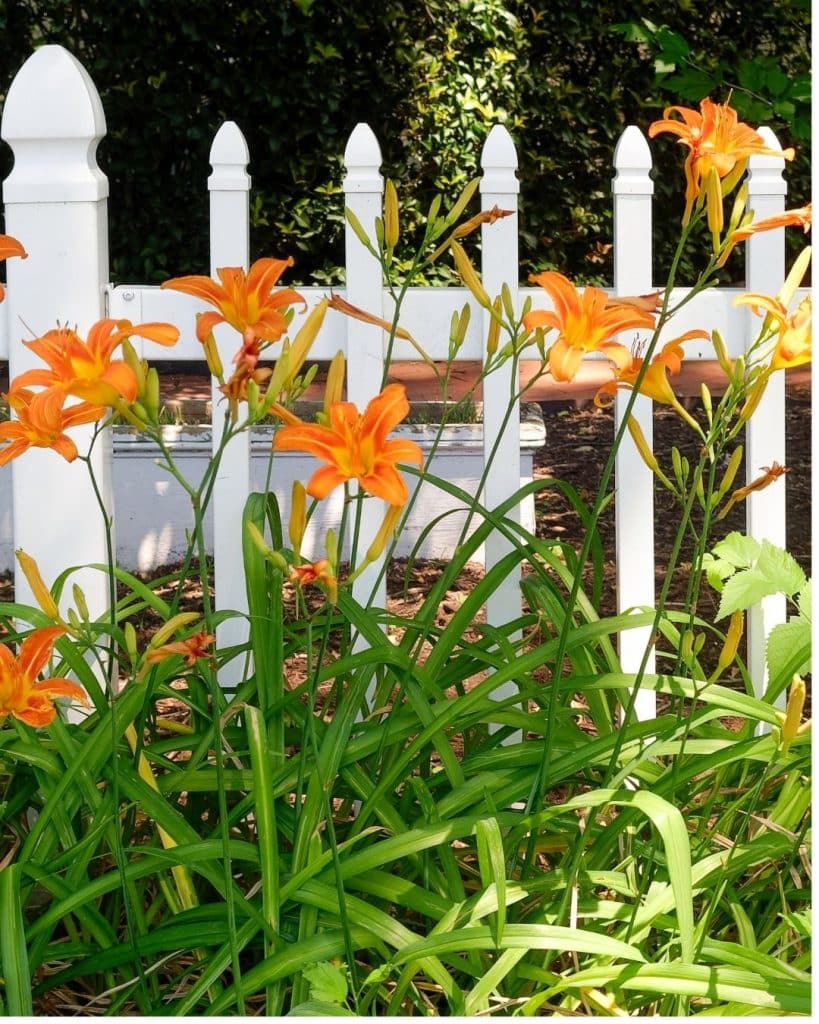
These vibrant performers stand out in any landscape for their effortless expansion. Daylilies propagate through underground rhizomes and offsets, quickly forming dense clumps that can double in size within a couple of years.
Their trumpet-shaped flowers come in a rainbow of hues, blooming reliably each summer with just basic sunlight and soil.
Requiring minimal intervention, they thrive in full sun to partial shade and tolerate various soil types. To keep their spread in check, divide overcrowded groups in spring or fall.
This not only controls growth but also rejuvenates the plants for even more blooms. Daylilies embody the joy of gardening where nature does most of the work, offering lessons in resilience and abundance.
Did you know?
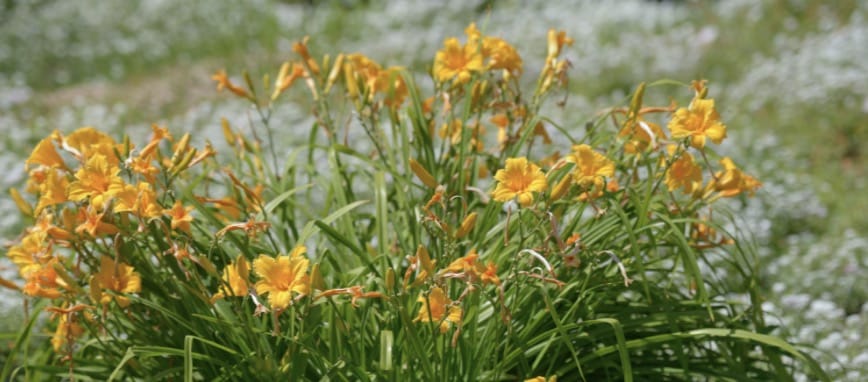
- Daylilies are among the most adaptable plants worldwide, thriving in a broad spectrum of soil types and light conditions while establishing quickly and enduring harsh winters with minimal damage.
- These perennials excel at erosion control, making them ideal for stabilizing slopes and preventing soil loss in gardens.
- Each individual daylily flower lasts only one day, but the plant produces an abundance of buds, ensuring continuous blooming over an extended period.
2. Bearded Iris (Iris germanica)
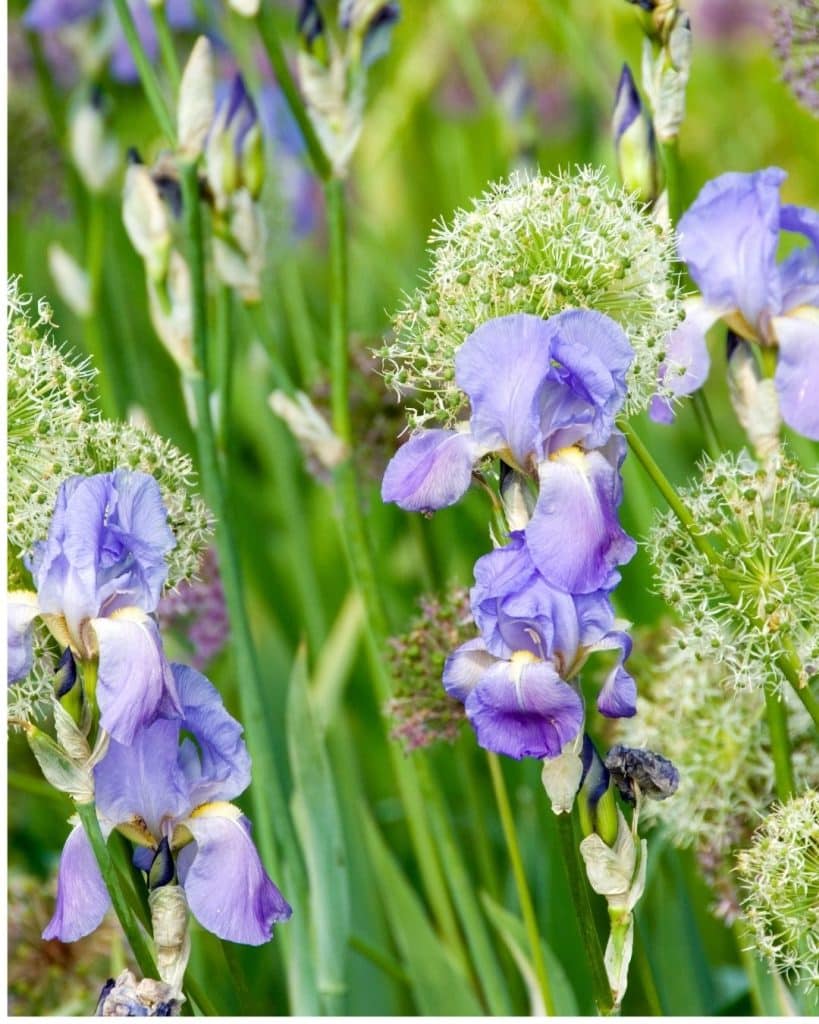
Elegant and statuesque, bearded irises captivate with their ruffled petals and sword-like foliage.
They multiply via rhizomes that creep along the soil surface, producing new fans of leaves and blooms annually without any prompting.
Plant them in well-drained soil with full sun exposure for optimal performance. Division every three to four years prevents overcrowding and promotes healthier flowers in shades of purple, yellow, and white.
Their drought tolerance makes them perfect for xeriscapes. Bearded irises remind us that structured beauty can emerge from simple, self-sustaining processes in the garden.
Did you know?
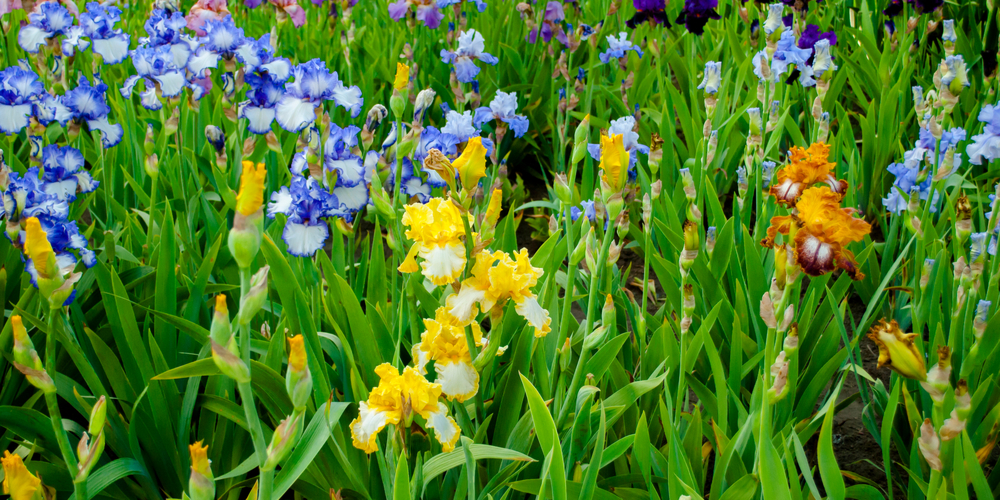
- Bearded irises feature distinctive flowers with three upright petals called standards and three drooping sepals known as falls, often displaying contrasting colors for added visual appeal.
- These plants grow from fleshy rhizomes that sit near the soil surface, allowing them to spread easily and adapt to various garden conditions.
- As a relatively carefree pass-along plant, bearded irises attract pollinators and have been cherished in gardens for generations due to their resilience.
3. Peonies (Paeonia)
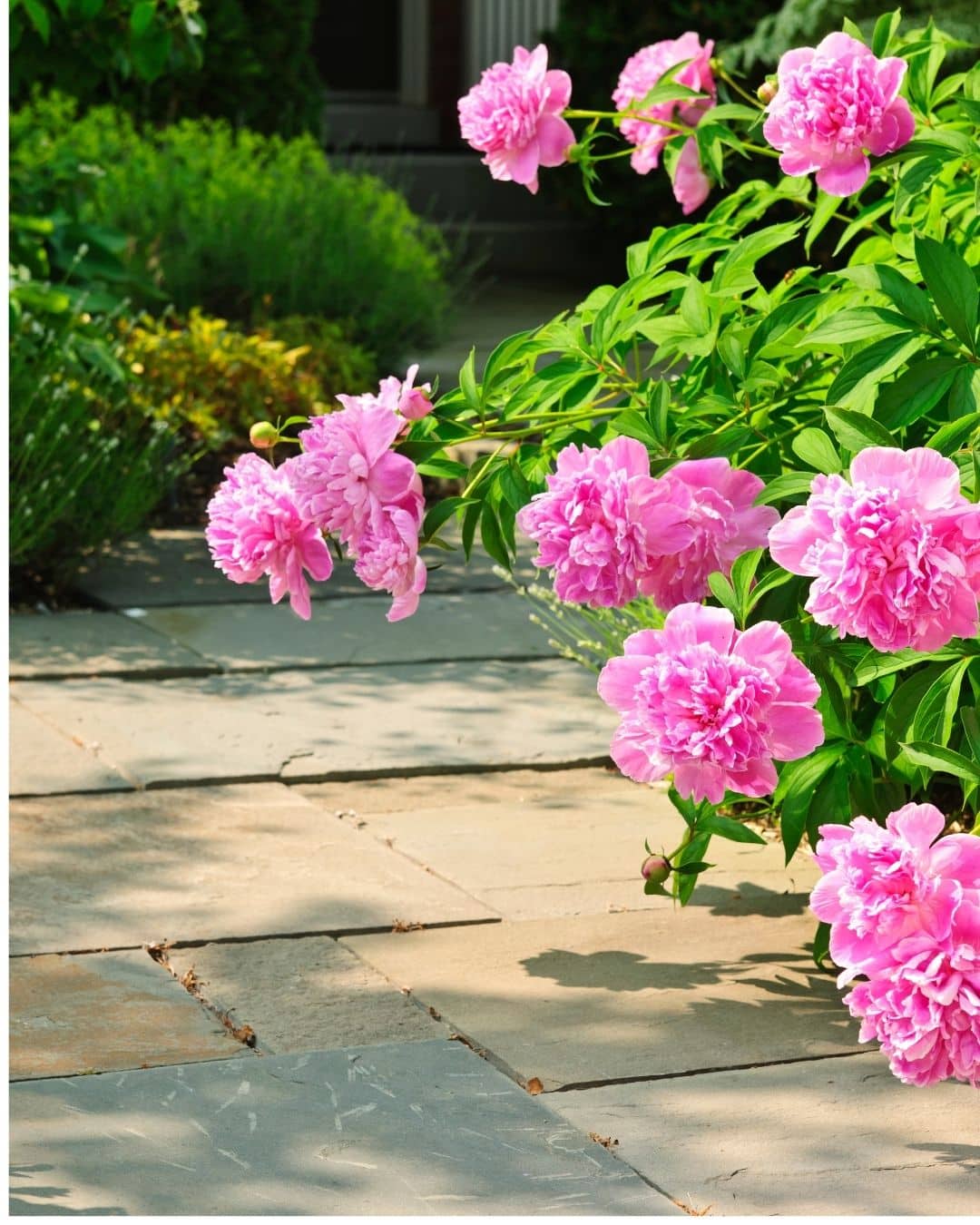
Timeless favorites, peonies delight with lush, fragrant blooms that signal the arrival of summer.
These plants expand slowly but steadily through tuberous roots, creating larger clumps that yield more flowers as they mature over decades. Once established, they rarely need relocation.
They prefer rich, well-drained soil and full sun, though light afternoon shade protects petals in hot climates. Avoid deep planting to ensure blooming.
Dividing mature plants every 10-15 years refreshes vigor. Peonies teach patience, rewarding gardeners with opulent displays that multiply generational beauty in the landscape.
Did you know?
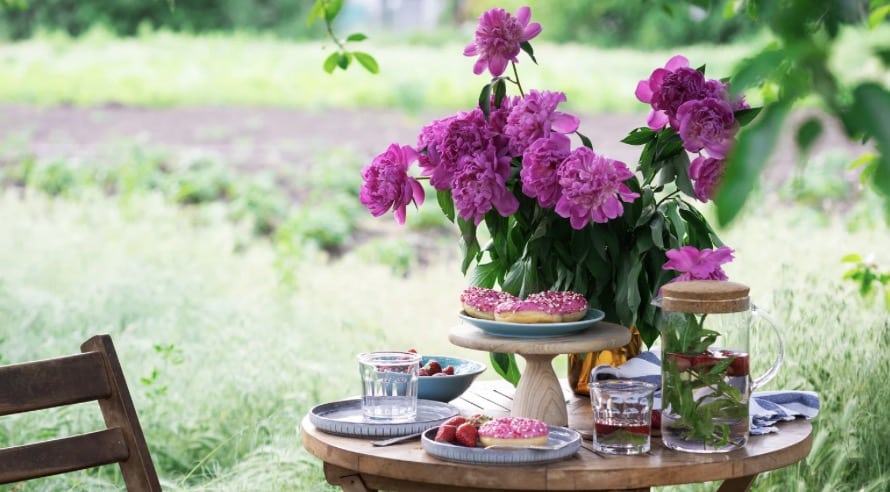
- Peonies can live for more than 100 years, making them one of the longest-lasting perennials in the garden.
- These flowers have been cultivated since ancient times, with some historical uses including medicinal applications for headaches and asthma.
- Peony blooms can expand up to three times their original size when fully open, creating dramatic and fragrant blossoms.
4. Lamb’s Ears (Stachys byzantine)
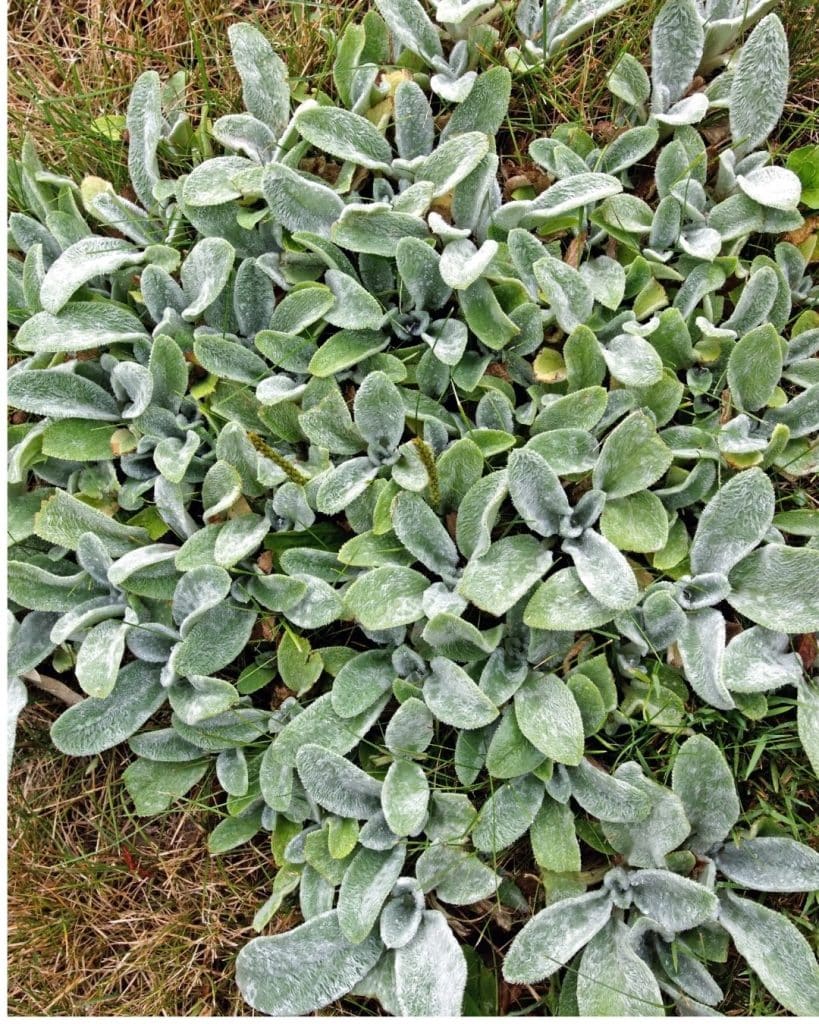
Soft and silvery, lamb’s ears add tactile interest to borders and paths. They spread via stolons and self-rooting stems, rapidly covering ground to form fuzzy mats that suppress weeds effectively.
Their woolly leaves provide year-round texture.
Tolerant of poor soil and drought, they excel in full sun with good drainage. Trim flower spikes after blooming to maintain neatness and encourage denser growth.
Easy division in spring expands your collection.
Did You Know?
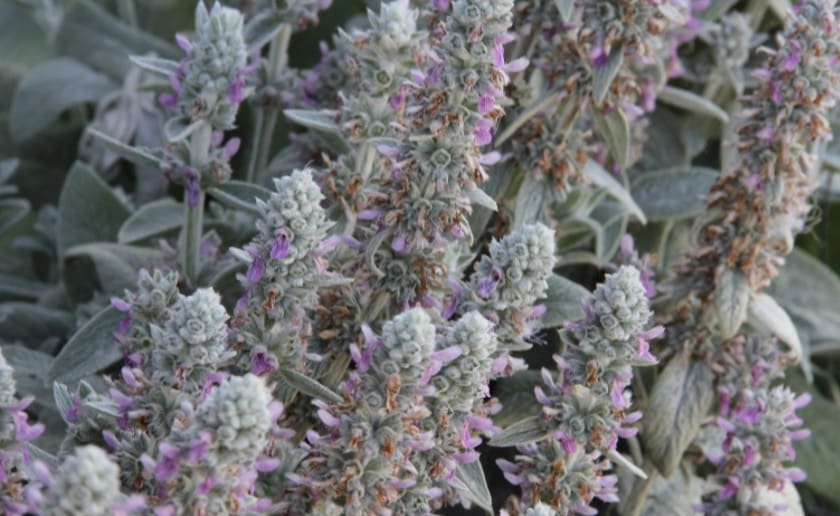
- Lamb’s ears are prized for their velvety, silver-gray leaves that form a rapidly spreading mat, offering a unique fuzzy texture reminiscent of animal fur.
- This plant is highly adaptable, thriving in full sun and well-drained soils while requiring minimal maintenance.
- Keeping the fuzzy leaves dry is essential for health, as it prevents damage and preserves the plant’s attractive appearance.
5. Yarrow (Achillea millefolium)
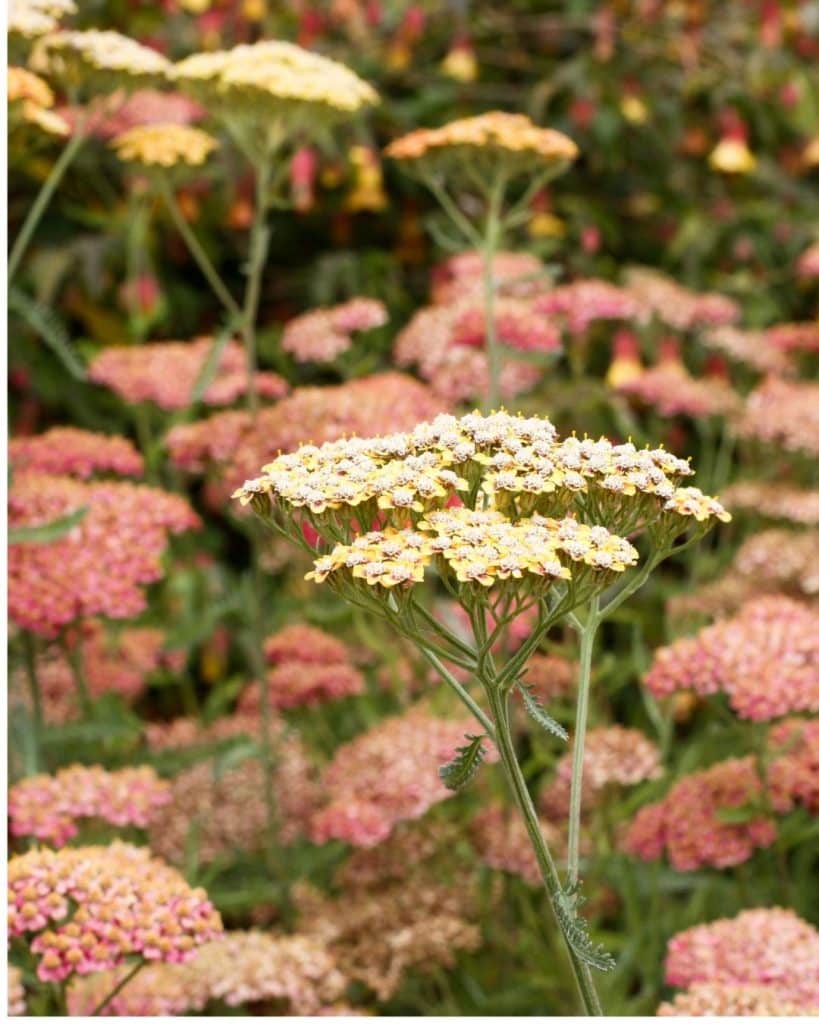
Hardy and versatile, yarrow brings flat-topped clusters of tiny flowers to meadows and beds. It multiplies through rhizomes and self-seeding, spreading to fill spaces with feathery foliage and colorful blooms that attract pollinators.
Varieties are available in white, pink, or yellow options.
Full sun and well-drained soil suit it best, with drought resistance once established. Cut back after first bloom for a second flush. Divide every few years to manage spread.
Did You Know?
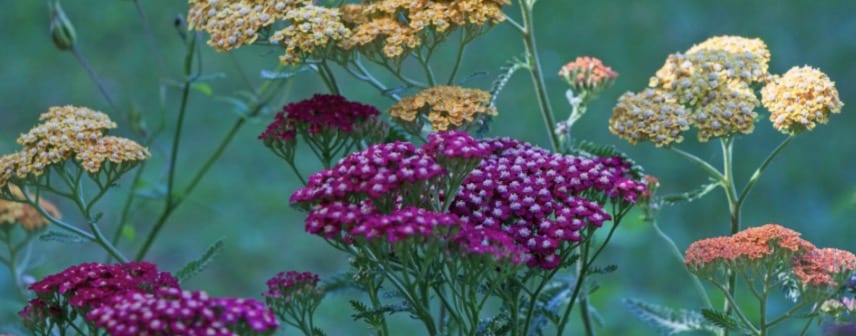
- Yarrow is perennial and returns every year, making it easy to grow from seed and highly resistant to deer browsing.
- Its aromatic, feathery leaves give it a fern-like look, and it has a circumboreal distribution across the globe.
- Yarrow has been used historically in divination practices like I Ching and was found in Neanderthal burials, so it has ancient significance.
6. Siberian Bugloss (Brunnera macrophylla)
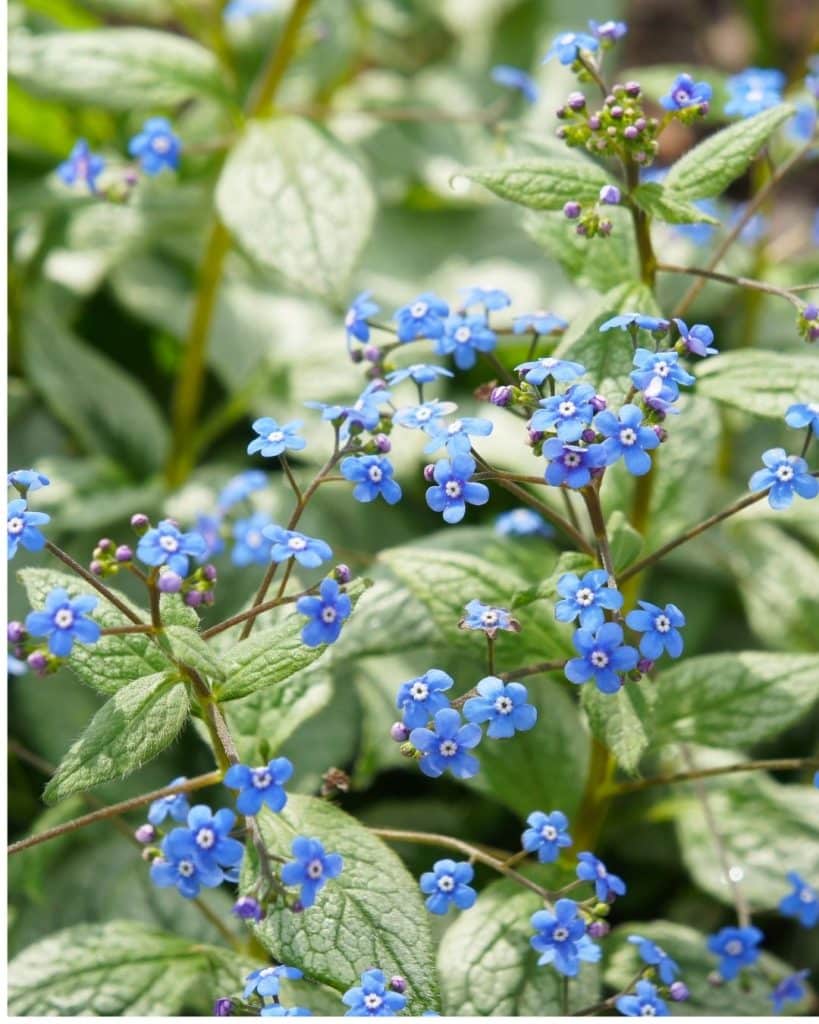
Shade-loving and elegant, Siberian bugloss features heart-shaped leaves often variegated with silver.
It self-seeds and forms clumps that expand gradually, producing sprays of forget-me-not-like blue flowers in spring. The foliage remains attractive all season.
Thriving in partial to full shade with moist, rich soil, it’s ideal for woodland gardens. Division in early spring multiplies plants easily. Its low-maintenance nature suits busy gardeners.
Did You Know?
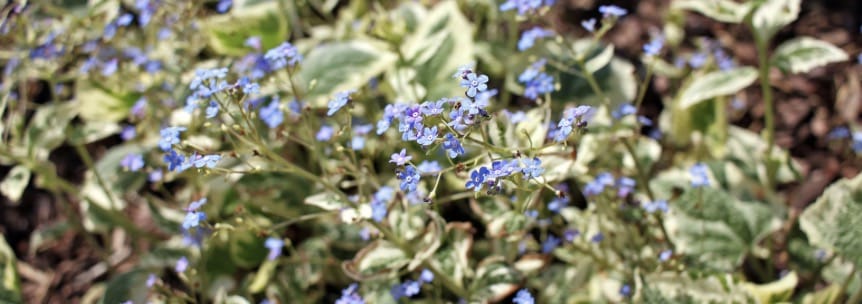
- Siberian bugloss produces heart-shaped leaves and clusters of small blue flowers, making it a standout for shade gardens with its lush foliage.
- Native to Turkey and the Caucasus mountains, this plant typically grows 12 to 18 inches high and wide.
- It spreads via creeping rhizomes, forming clumps that serve as excellent ground cover in shady areas.
7. Tickseed (Coreopsis verticillata)
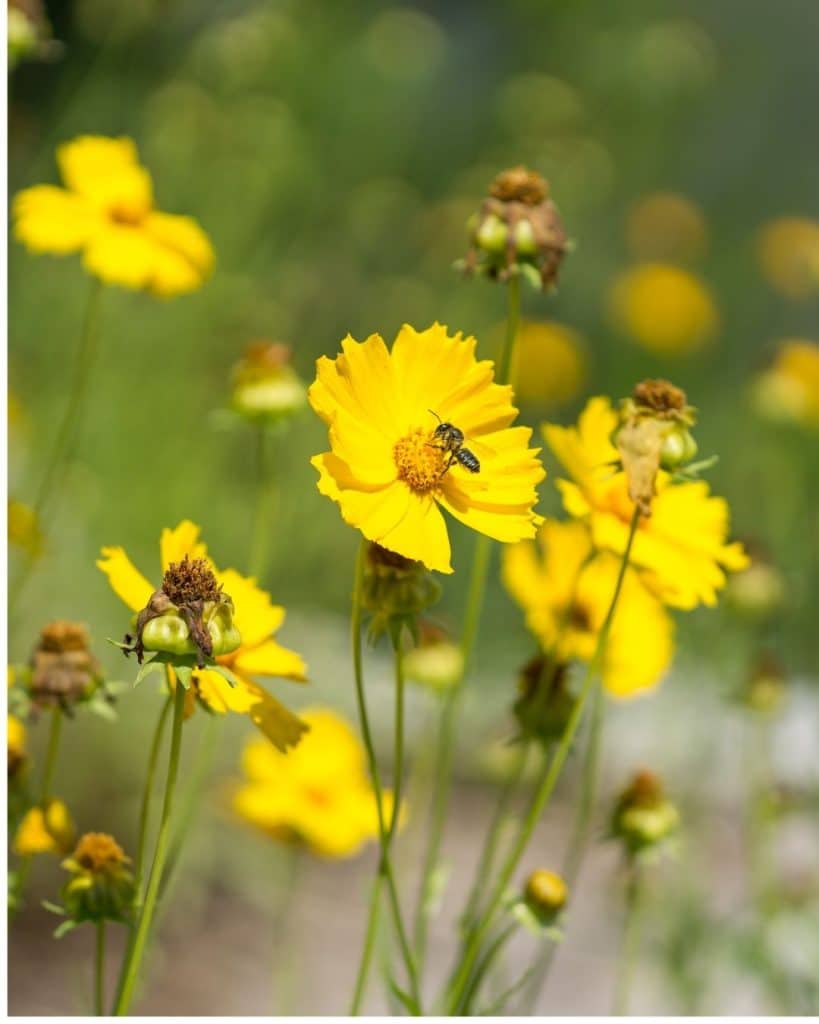
Cheerful and long-blooming, tickseed lights up gardens with daisy-like flowers.
It spreads by rhizomes and self-seeding, creating airy colonies of thread-like leaves and golden blooms that last from summer to fall. (Deadheading extends the show).
Full sun and average soil are all it needs, with excellent drought tolerance. Divide clumps every three years for vitality.
Did You Know?
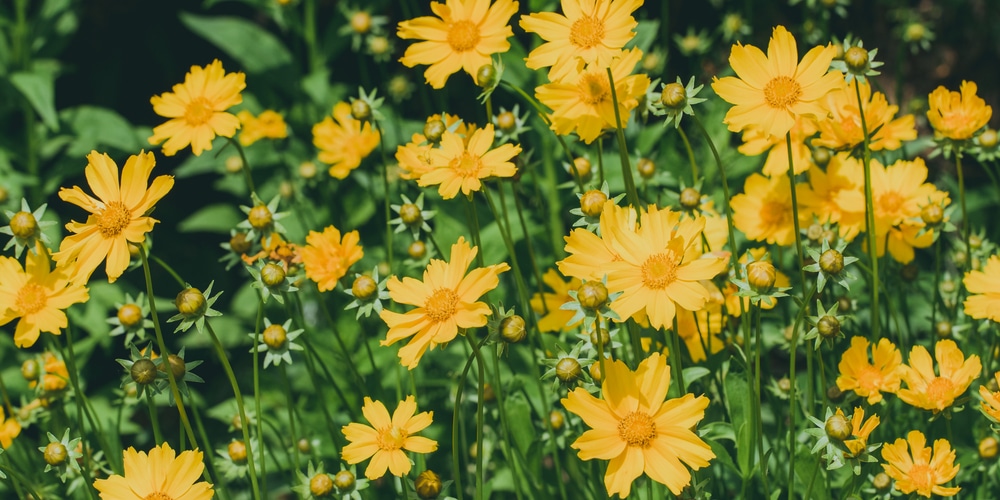
- Tickseed produces abundant flowers that bloom continuously throughout the summer, with deadheading encouraging even more blooms.
- This North American native is sun-loving, low-maintenance, and drought-tolerant, thriving in almost any soil type.
- Some varieties act as short-lived perennials or even annuals, often prone to pests, but they remain popular for their vibrant displays.
8. Catmint (Nepeta x faassenii)
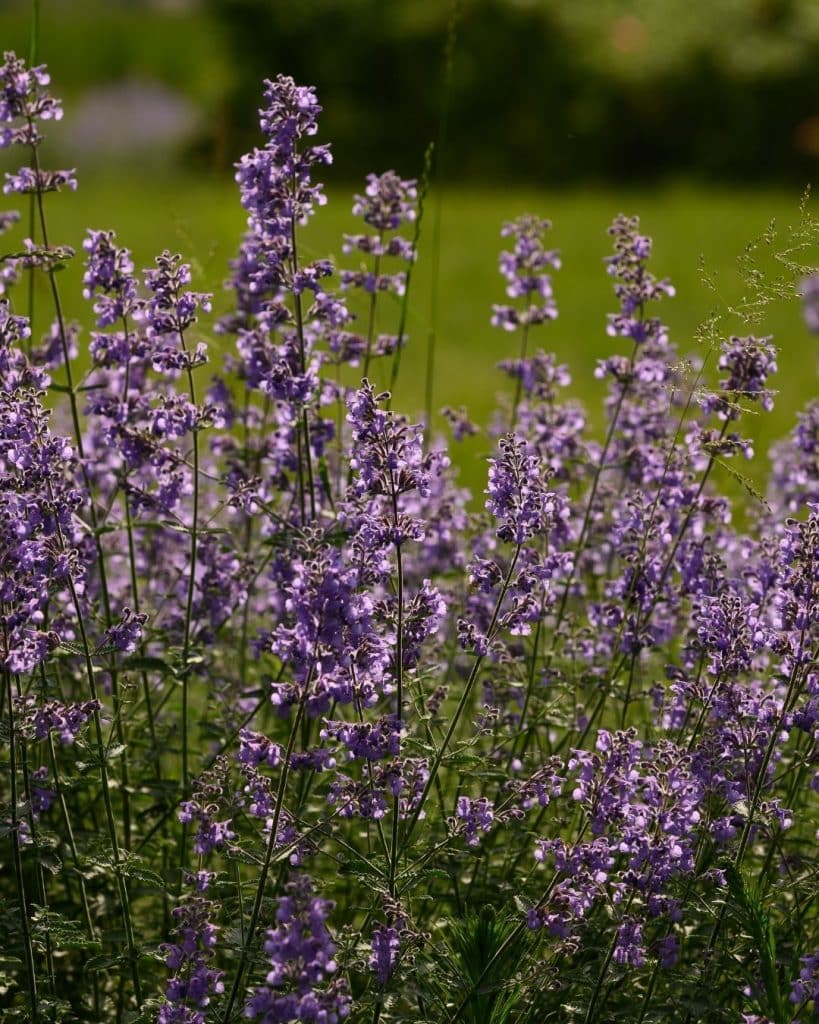
Aromatic and pollinator-friendly, catmint forms mounds of gray-green foliage topped with lavender spikes.
It self-seeds and spreads via stems, quickly filling areas with fragrant blooms that draw bees and butterflies. Shear after first bloom for reblooming.
It prefers full sun and well-drained soil, tolerating heat and dry conditions. Easy division keeps it tidy.
Did You Know?

- Catmint offers a clean-cut appearance with long-blooming lavender flowers, pairing well with yellow plants for contrast.
- As a heat-tolerant, pest-resistant perennial, it’s deer-resistant and less attractive to cats than true catnip.
- This plant forms spreading clumps up to 36 inches wide, with gray-green leaves and lavender-blue flowers.
9. Creeping Phlox (Phlox subulata)
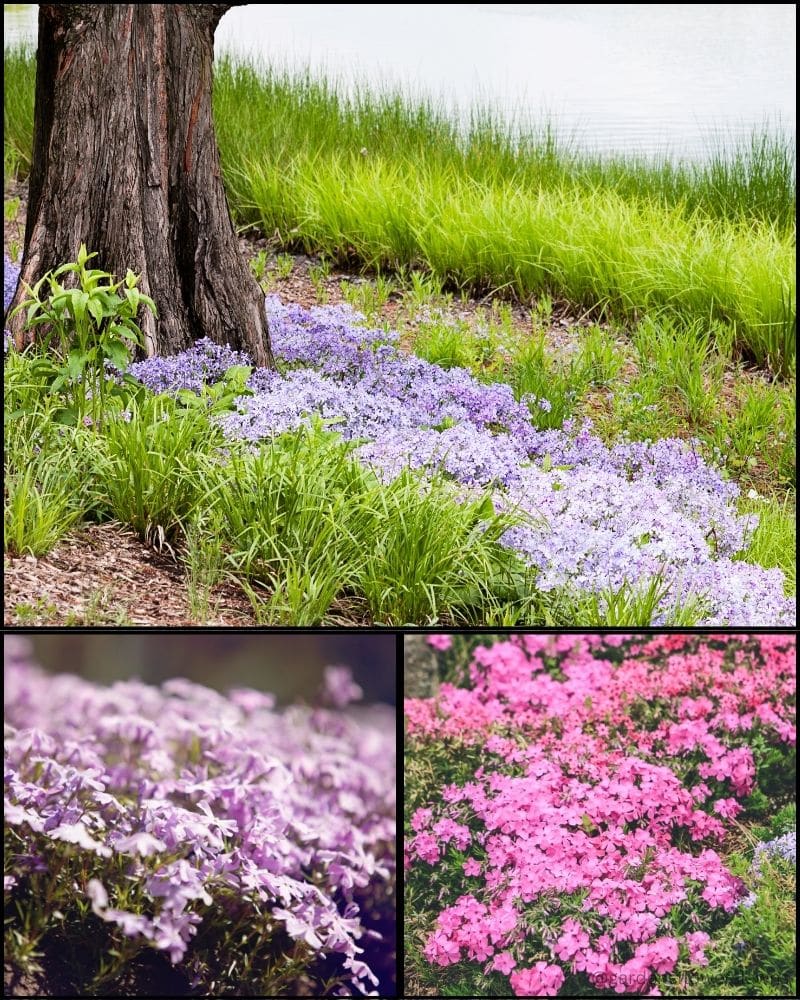
Ground-hugging and vibrant, creeping phlox carpets slopes with star-shaped flowers.
It multiplies by rooting stems, forming dense mats that explode in color during spring. Evergreen foliage adds winter interest.
Full sun and sandy soil promote health, with good drainage essential. Trim after flowering to encourage thickness. Its spreading habit makes it great for erosion control.
Did You Know?
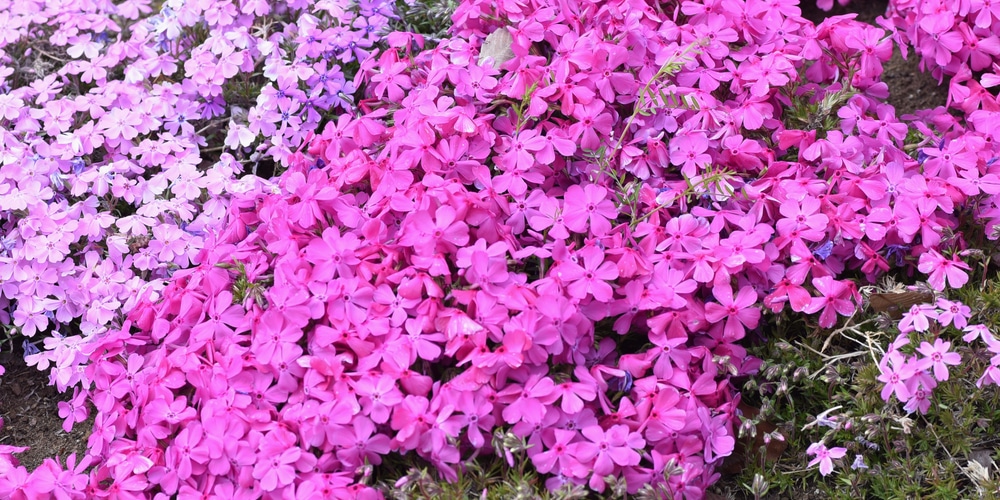
- Creeping phlox is a fast-spreading ground cover that naturally suppresses weeds while providing a carpet of spring color.
- Vigorous and hardy, it’s deer-resistant and forms profuse mats of flowers in early to mid spring.
- Native to the eastern U.S., its cushion-like foliage mats spread up to 24 inches wide, thriving in sunny, well-drained spots.
10. Black-Eyed Susan (Rudbeckia fulgida)
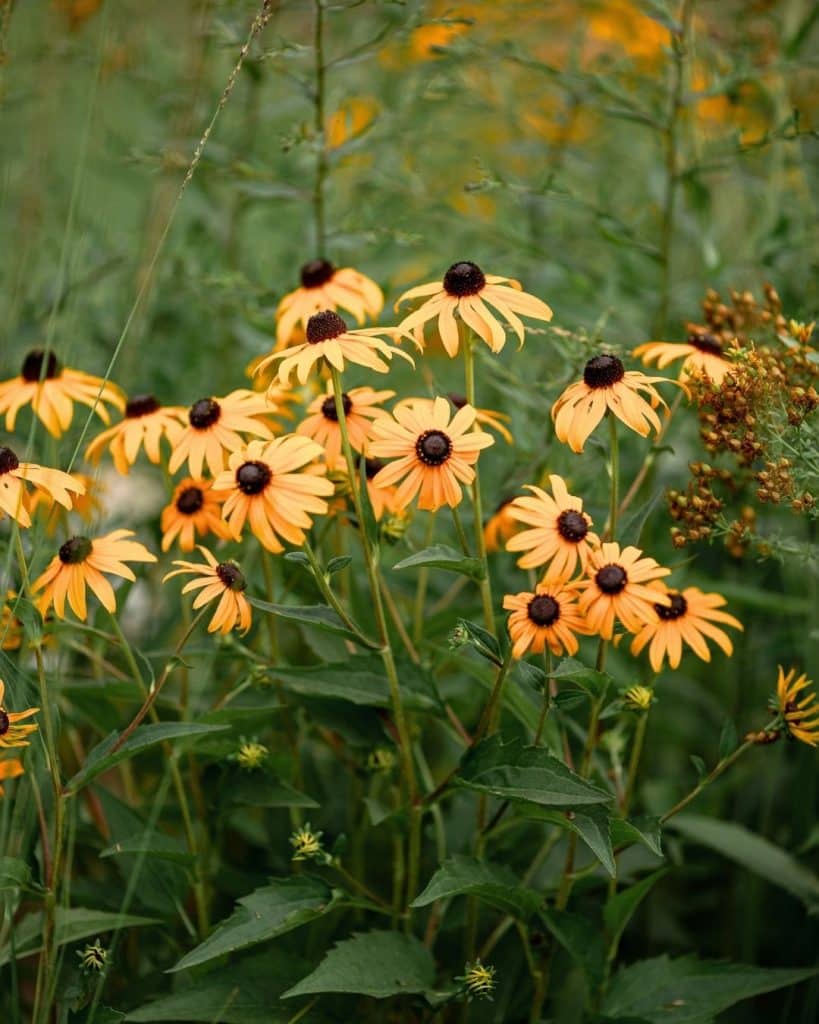
Bold and reliable, black-eyed Susans feature golden petals around dark centers.
They self-seed prolifically and clump, spreading to create naturalized drifts that bloom from midsummer to frost. Birds love the seeds.
Full sun and average soil suit them, with drought resistance. Divide every few years.
Did You Know?
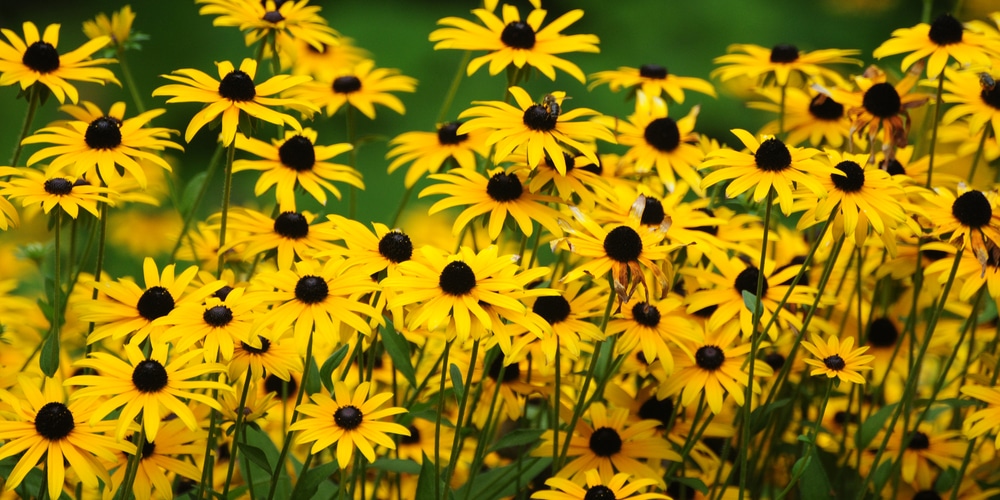
- Black-eyed Susans are pioneer plants, often the first to colonize areas damaged by fire or disasters.
- As Maryland’s state flower since 1918, they attract butterflies and provide seeds for birds in fall and winter.
- These tough, colorful natives are drought-resistant, deer-resistant, and versatile in gardens and meadows.
11. Stonecrop (Sedum spectabile)
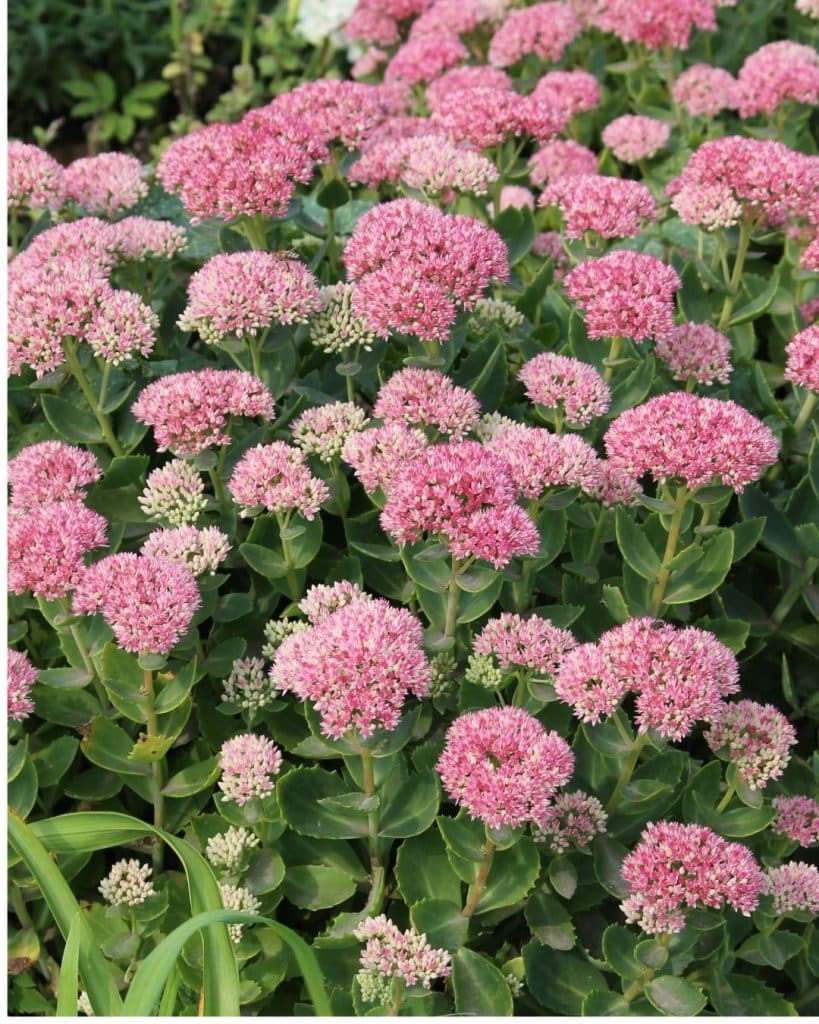
Succulent and tough, stonecrop offers fleshy leaves and starburst flowers.
It spreads by offsets and division, forming clumps that attract butterflies in late summer. Foliage turns reddish in fall.
Full sun and poor soil are ideal, with exceptional drought tolerance. Divide in spring.
Did You Know?
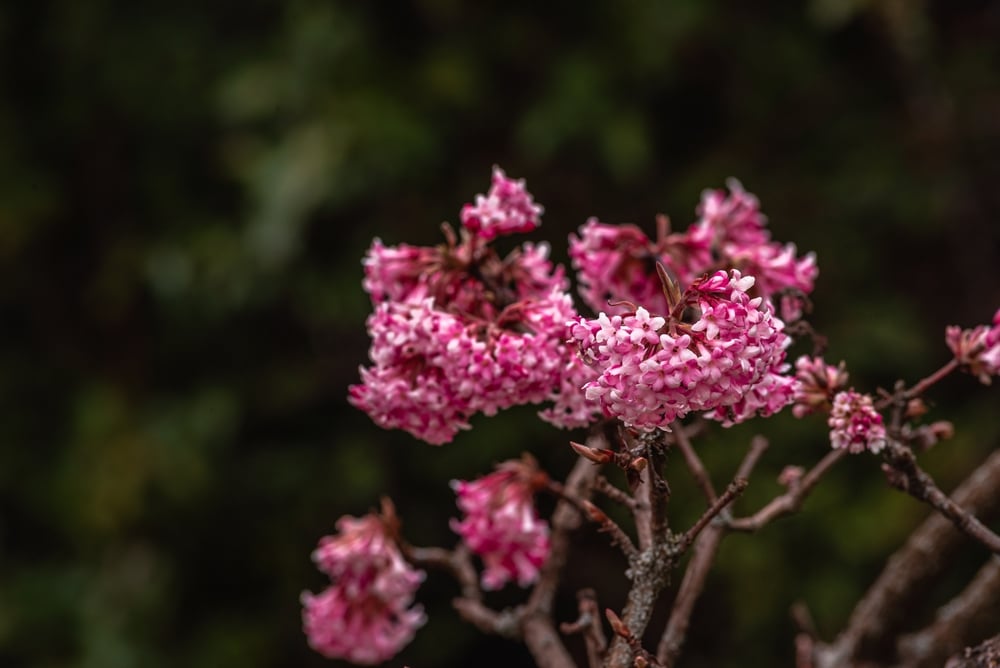
- Stonecrop attracts songbirds and butterflies with its showy flowers and succulent leaves, making it great for pollinator gardens.
- Vigorous and carefree, these plants offer interest for over six months with their low-maintenance nature.
- Native to China and Korea, stonecrop features broad, chubby leaves and pink flower clusters on upright stems.
12. Coral Bells (Heuchera spp.)
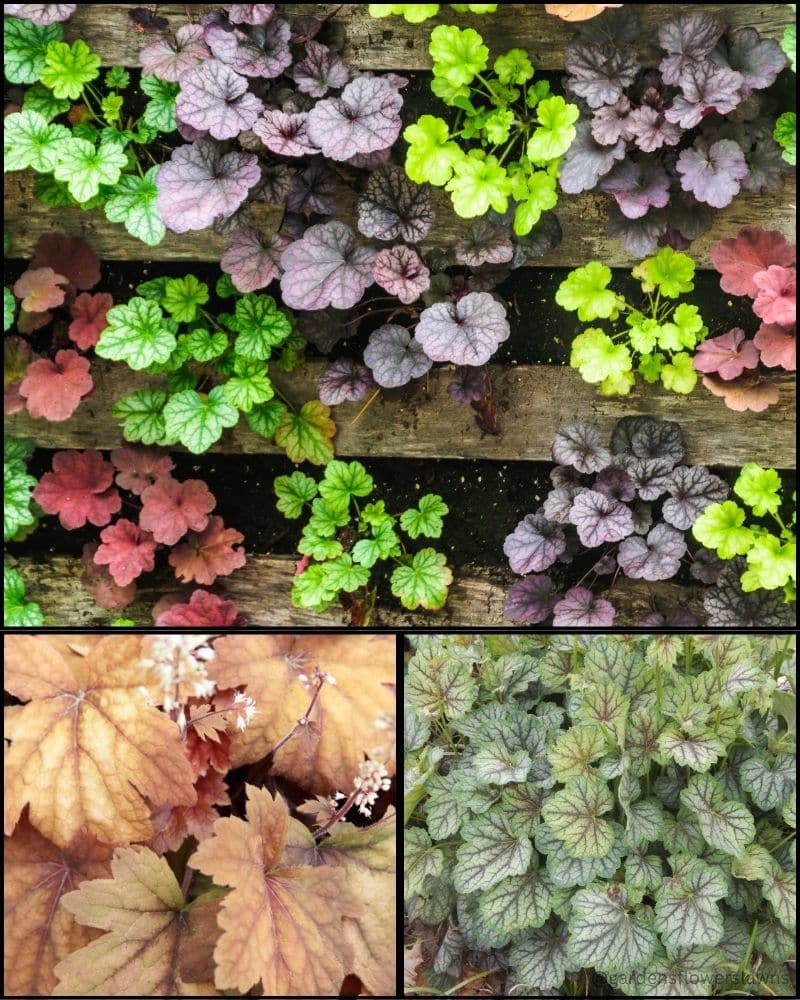
Foliage-focused and versatile, coral bells boast ruffled leaves in vibrant colors.
They multiply through crown division and offsets, gradually expanding to form colorful groundcovers with delicate flower spikes.
Partial shade and moist, well-drained soil keep them happy. Divide every three years. Their evergreen nature in mild climates adds year-round appeal.
Did You Know?
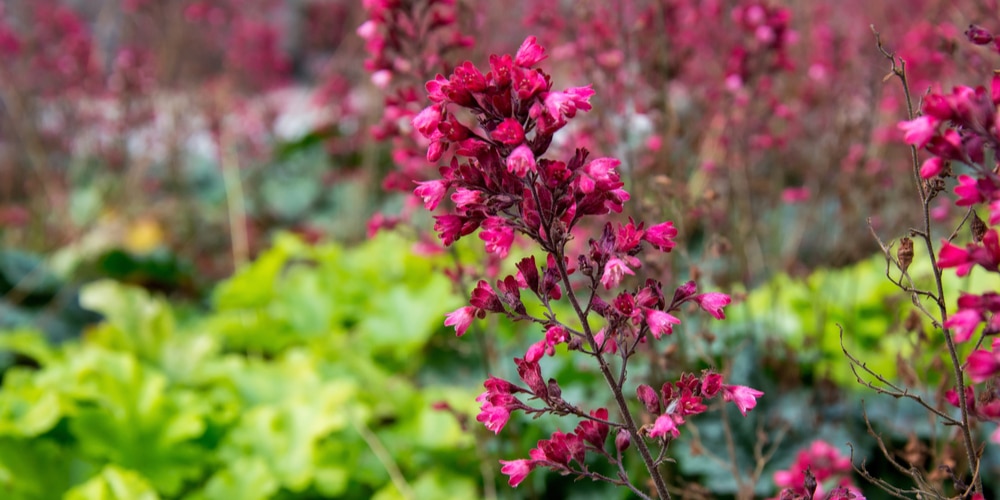
- Coral bells get their name from bell-shaped flowers, and some species were used medicinally as alumroot.
- Native to U.S. woodlands, they thrive in shade with ruffled, colorful leaves and fragrant blooms.
- These mounding perennials are evergreen in warm climates and offer a wide array of foliage colors and forms.
13. Cranesbill Geranium (Geranium sanguineum)
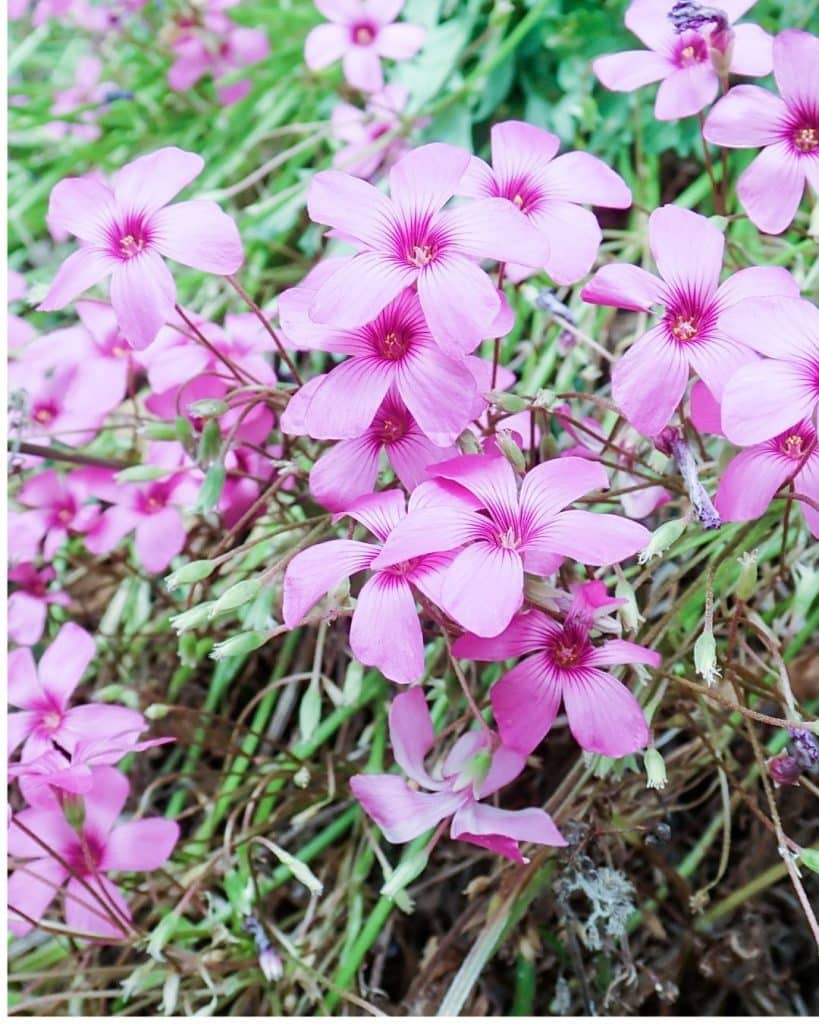
Compact and blooming, cranesbill geraniums produce saucer-shaped flowers over mounded foliage.
They self-seed and spread via rhizomes, filling borders with pink or purple blooms from spring to fall.
Full sun to partial shade and average soil work well. Cut back for reblooming. Easy division maintains their vigor.
Did You Know?
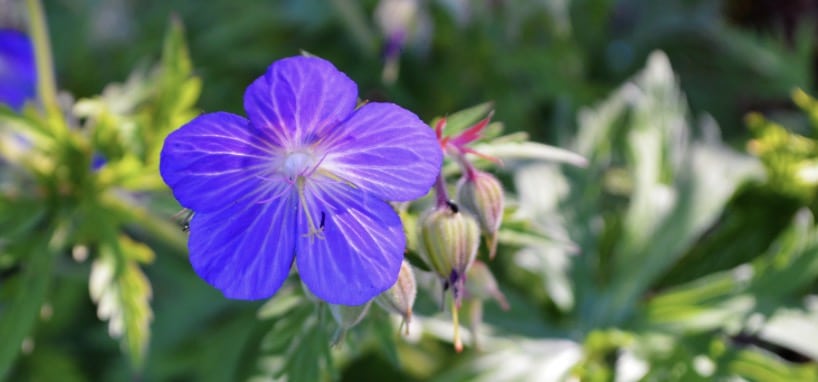
- Cranesbill geranium features a thick rhizome and branched, hairy stems that grow prostrate to ascending.
- Native to Europe and Asia, this herbaceous perennial attracts butterflies with its vivid magenta flowers.
- It forms compact mounds with purplish-red blooms in summer, and foliage turns red in fall for added interest.
14. Bergenia (Bergenia cordifolia)
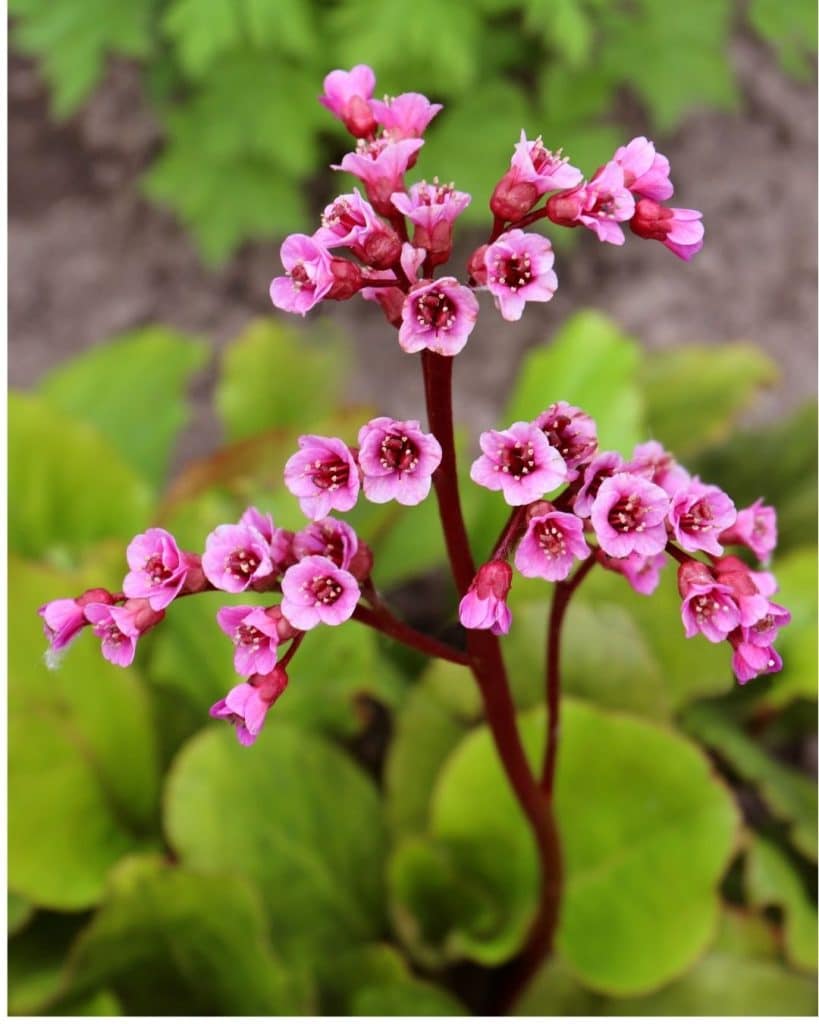
Leathery and robust, bergenia features glossy leaves that bronze in winter.
It spreads by thick rhizomes, creating evergreen clumps with pink flower clusters in early spring.
Shade or sun with moist soil suits it, tolerating clay. Divide to propagate. Its toughness makes it great for tough spots.
Did You Know?
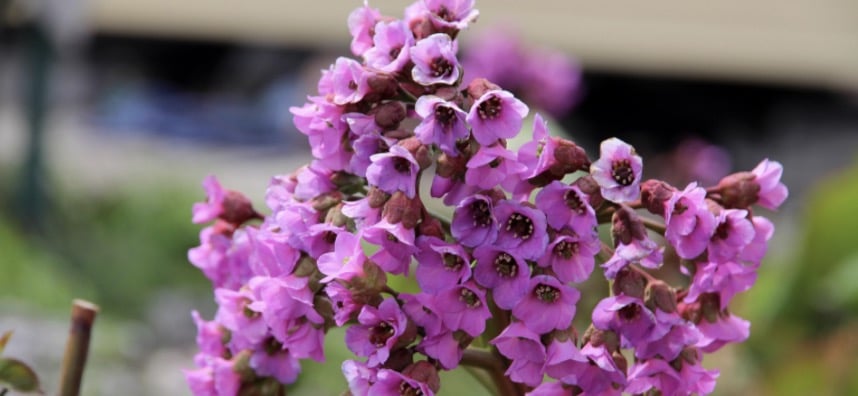
- Bergenia forms low-growing clumps ideal for shade gardens or borders, with leaves used in floral arrangements.
- Native to Siberia, it’s hardy and vigorous, producing dark pink flowers on stout stalks in April.
- The plant grows spikes 12 to 16 inches tall with bell-shaped blooms in pink, white, or purple hues.
15. Candytuft (Iberis sempervirens)
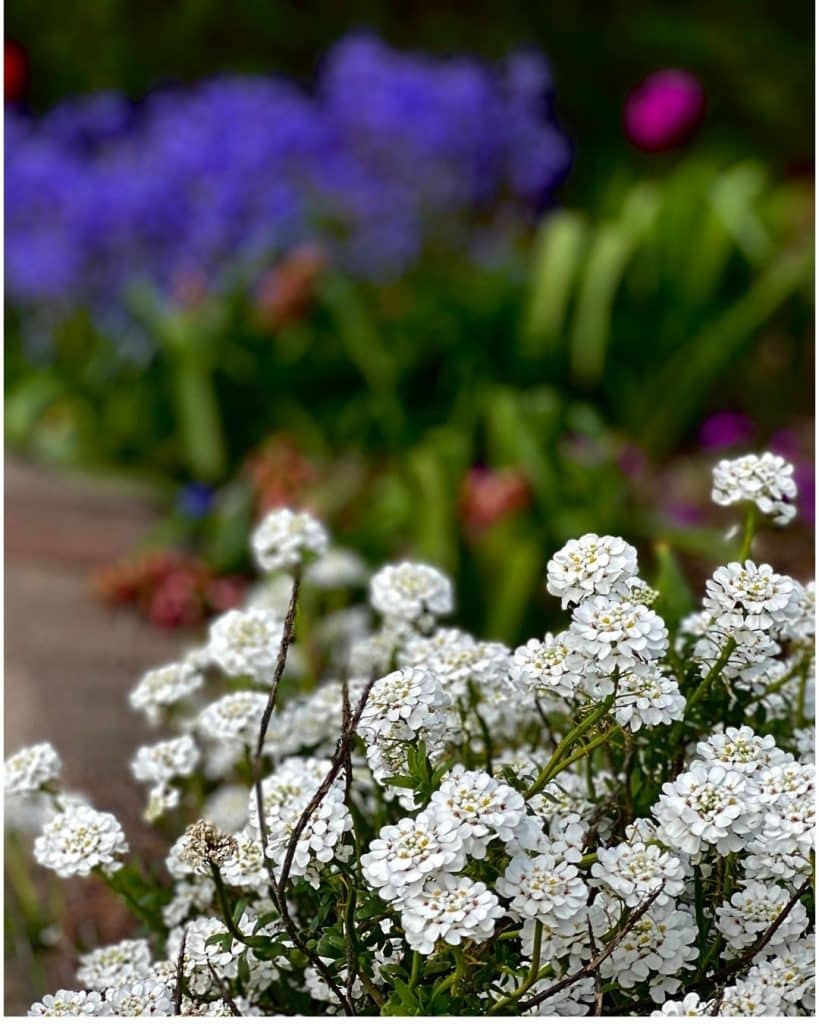
Evergreen and mounding, candytuft covers ground with white flower domes. It self-seeds and roots from stems, spreading to form mats that bloom profusely in spring.
Full sun and well-drained soil are key, with shearing after bloom for compactness. Division expands easily.
Candytuft’s clean look shows how simple whites can multiply to brighten edges and rockeries.
Did You Know?
- Candytuft is a mid spring bloomer from the Brassicaceae family, with clusters of dainty flowers about 1 cm wide.
- This low-growing sub-shrub spreads up to 3 feet wide, native to Europe and thriving in sunny spots.
- Evergreen and hardy, it retains foliage in winter and originates from places like Iberia and Crete.
16. Evening Primrose (Oenothera biennis)
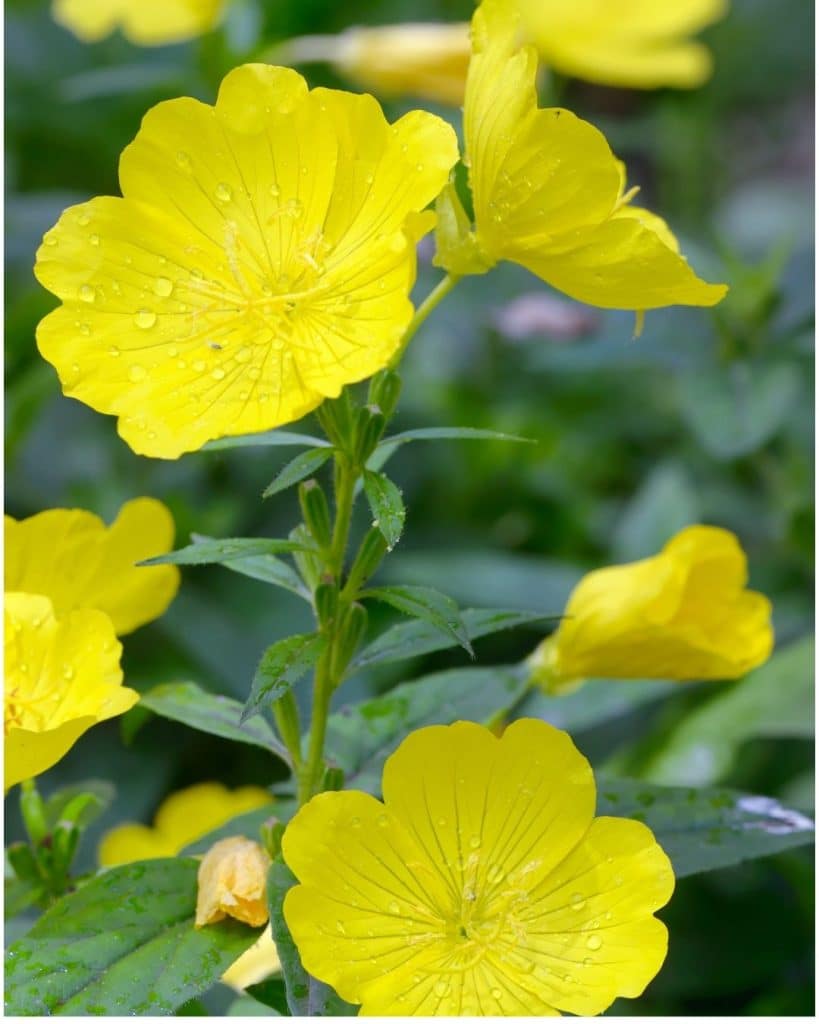
Tall and luminous, evening primrose opens yellow flowers at dusk.
It self-seeds abundantly, naturalizing areas with biennial growth that ensures ongoing presence.
Full sun and dry soil favor it, attracting night pollinators. Collect seeds for control. Its nocturnal habit highlights how unique bloomers can multiply to add mystery and fragrance.
Did You Know?
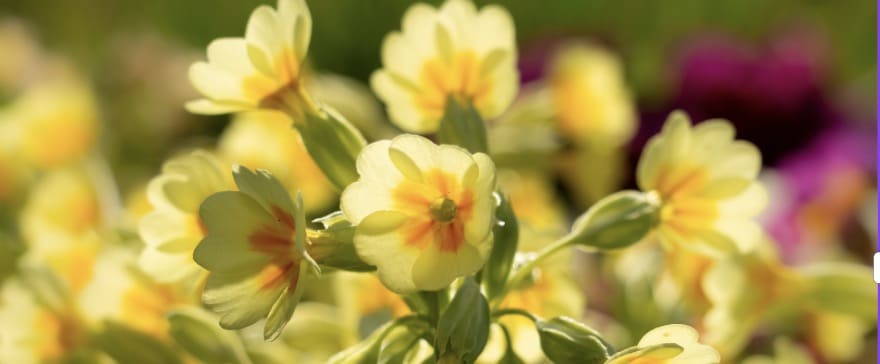
- Evening primrose is a biennial, completing its life cycle in two years with basal leaves first and flowers second.
- Flowers open visibly fast in the evening, with yellow blooms 2-5 cm wide, hence the name.
- Used historically as a soporific plant, its parts like flowers and seeds have medicinal applications year-round.
17. Beebalm (Monarda didyma)
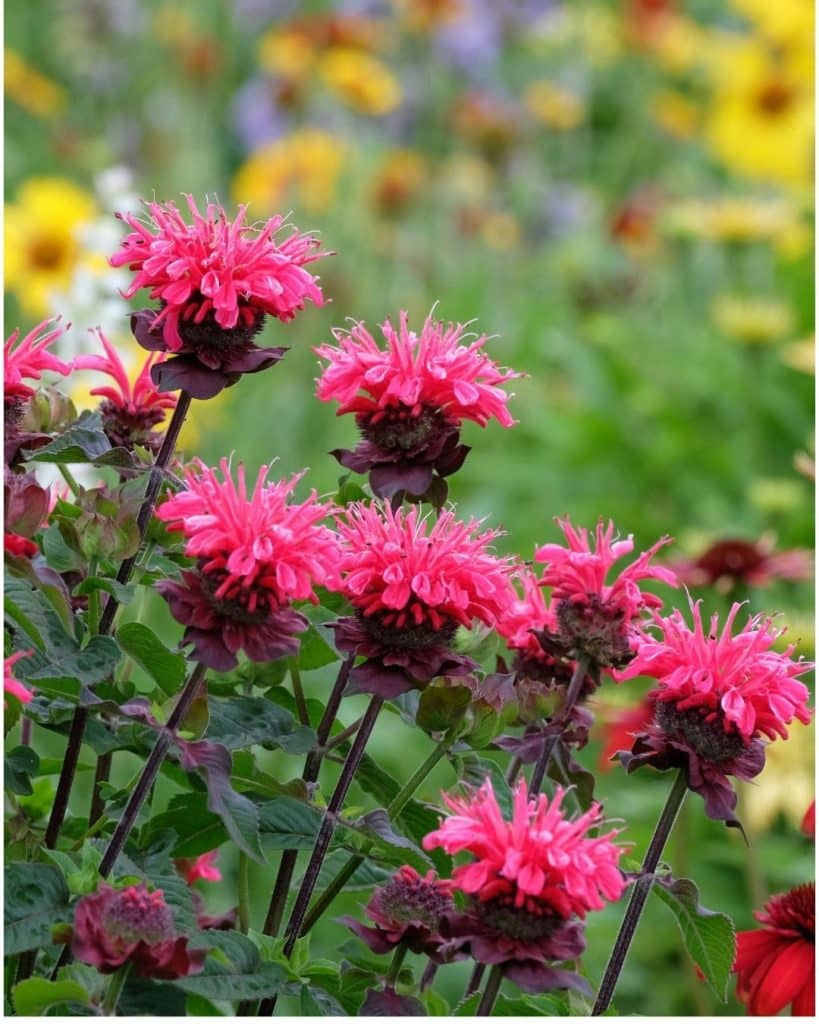
Fragrant and showy, beebalm draws hummingbirds with tubular flowers.
It spreads by rhizomes and self-seeding, forming colonies that bloom in red, pink, or purple during summer.
Full sun and moist soil prevent mildew. Divide regularly.
Did You Know?
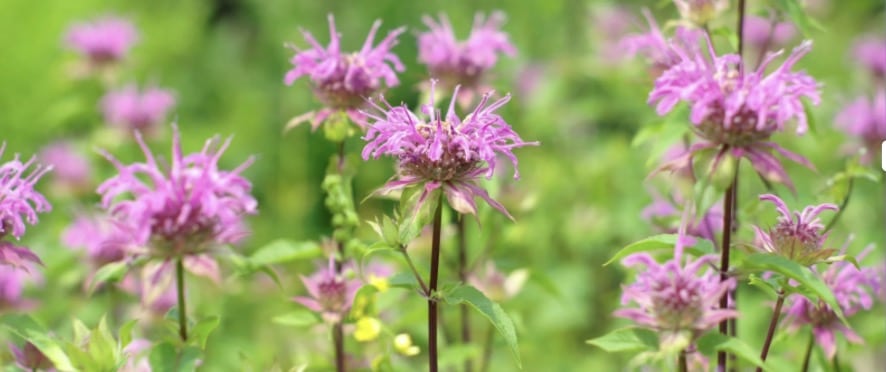
- Beebalm attracts hummingbirds, butterflies, and bees, with seed heads feeding birds in fall and winter.
- The entire plant is edible, used for potpourri or Oswego tea, and it’s a mint family member.
- Known as bergamot, it supports pollinators like hummingbirds and has medicinal uses for colds and sore throats.
18. Spotted Deadnettle (Lamium maculatum)
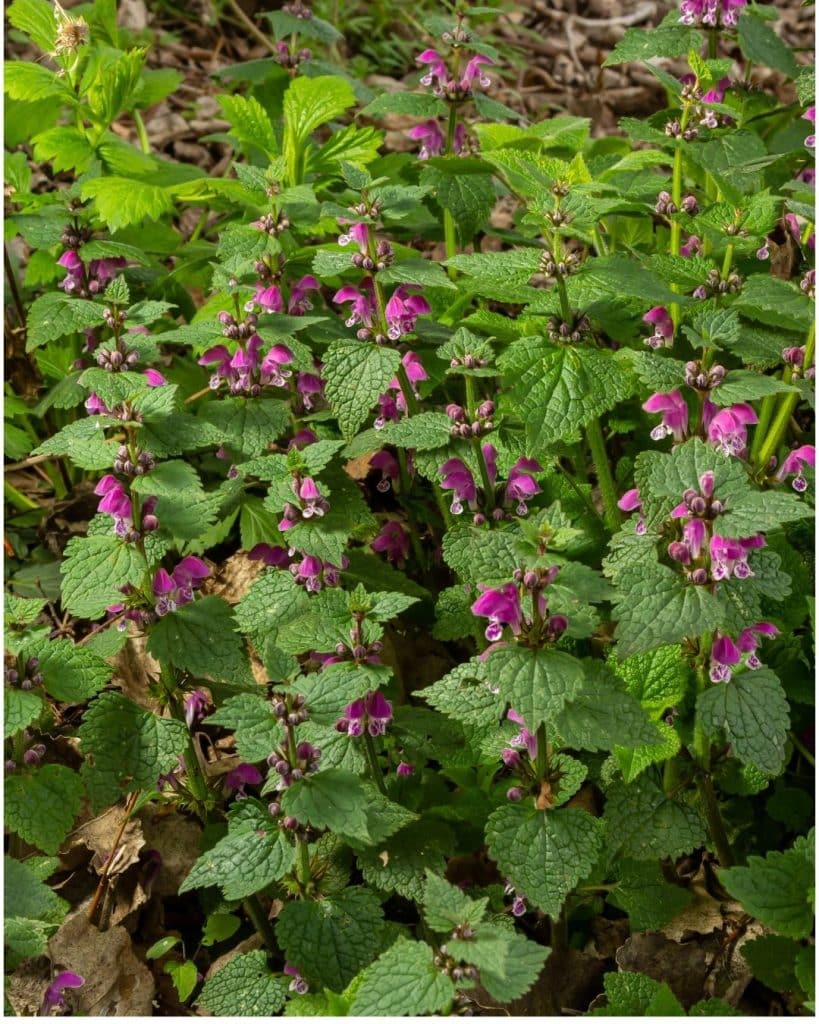
Variegated and groundcovering, spotted deadnettle brightens shade with silver-marked leaves. It spreads rapidly via stems, self-rooting to form carpets with pink or white hood-like flowers.
Partial to full shade and moist soil are ideal. Trim to encourage density. Its vigor shows how shade tolerators can multiply to illuminate dark corners effectively.
Did You Know?
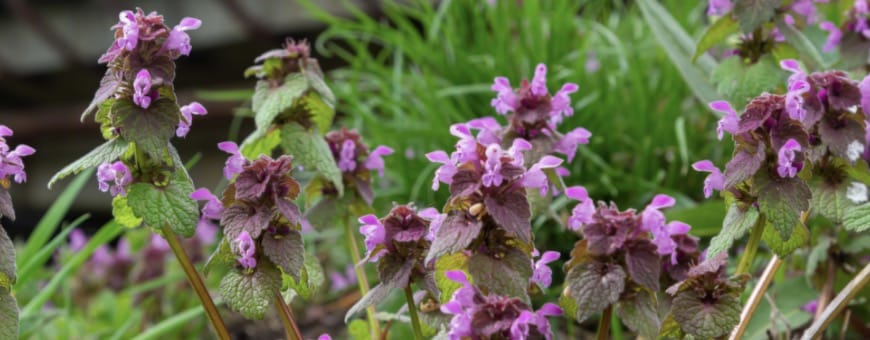
- Spotted deadnettle is one of about 50 Lamium species, native to Europe, Asia, and North Africa.
- It provides fast-growing ground cover with variegated foliage and spring flowers, thriving in shade.
- This plant attracts pollinators without drawing deer or rabbits, and dislikes high heat.
19. Japanese Anemone (Anemone hupehensis)
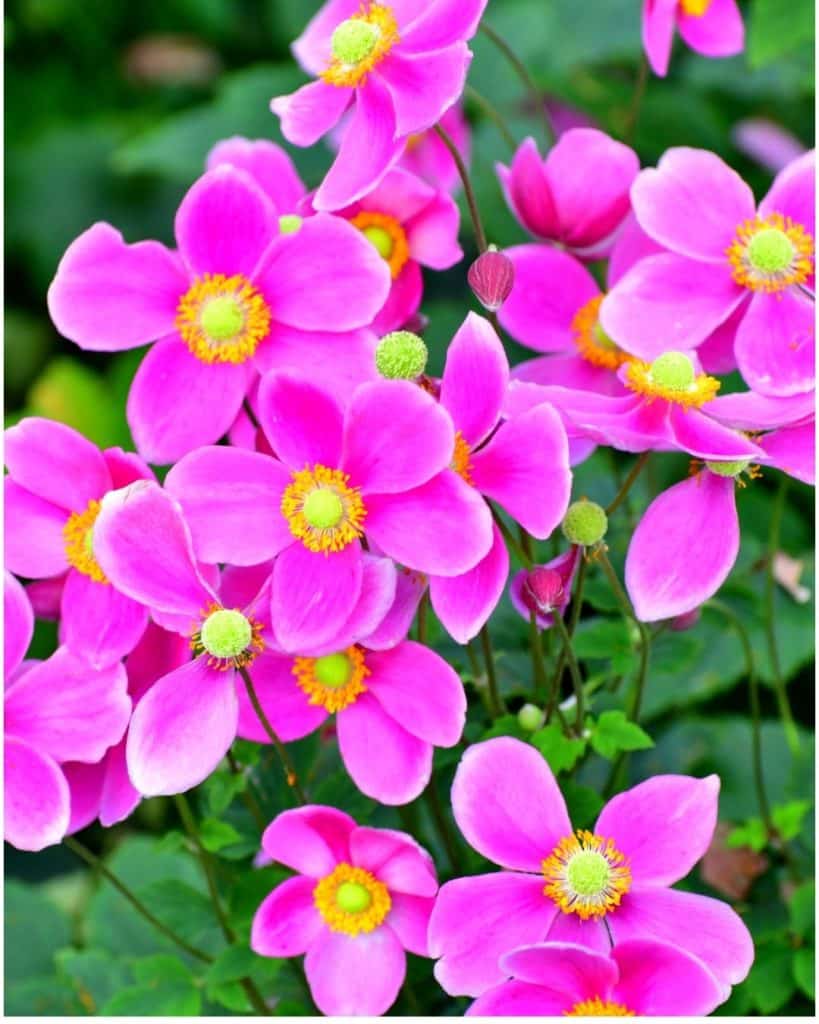
Graceful and late-blooming, Japanese anemones sway with silky petals on tall stems.
They spread by rhizomes, gradually colonizing with white or pink flowers in fall.
Partial shade and rich soil promote health. Divide in spring. Their elegance reveals how autumn stars can multiply to extend the gardening season beautifully.
Did You Know?
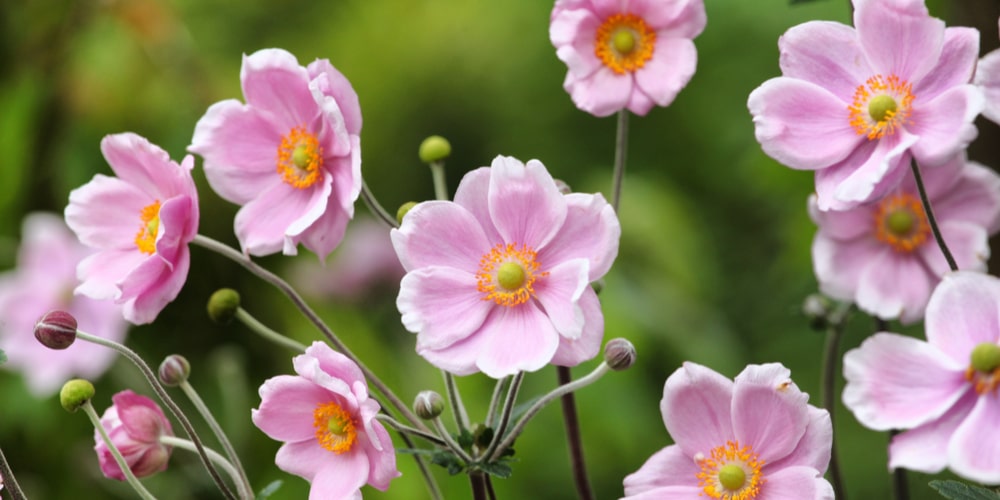
- Japanese anemones grow 2-4 feet tall, spreading via rhizomes to form clumps with late-season blooms.
- Featuring pale pink single-petaled flowers on tall stems, they dance in the breeze gracefully.
- These perennials produce dozens of buttercup-like blooms from August to October in thick clumps.
20. Columbine (Aquilegia vulgaris)
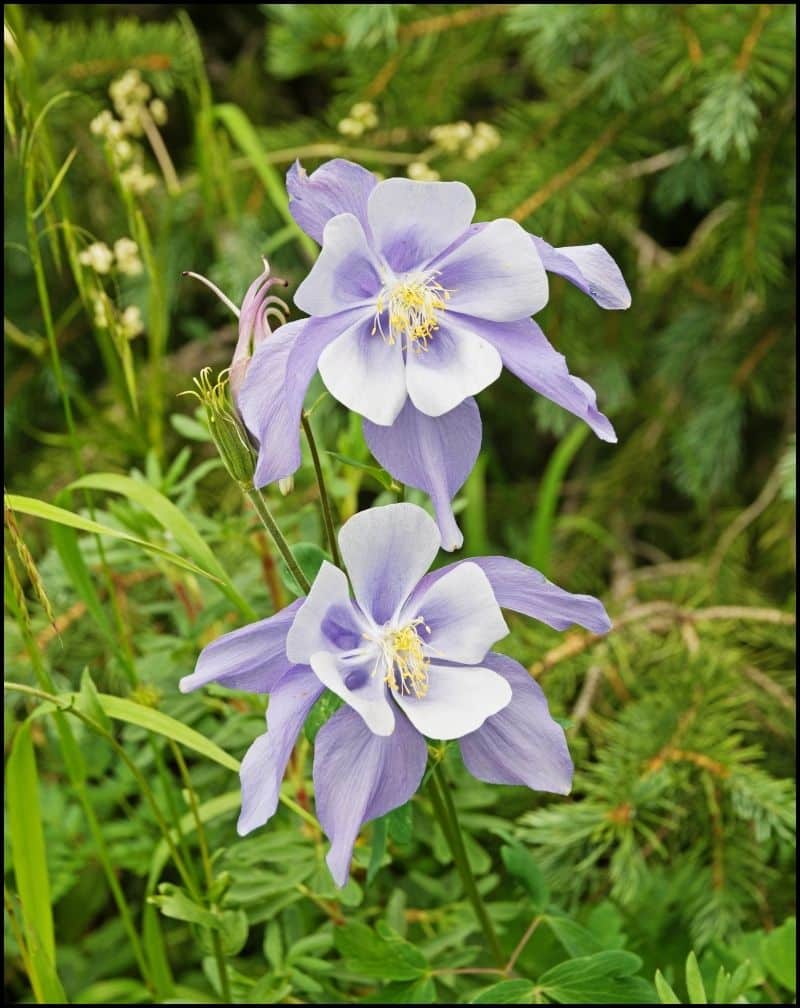
Delicate and spurred, columbines nod with bi-colored blooms in spring.
They self-seed freely, hybridizing to produce varied offspring that pop up unexpectedly.
Full sun to shade and well-drained soil suit them. Short-lived but prolific.
Did You Know?
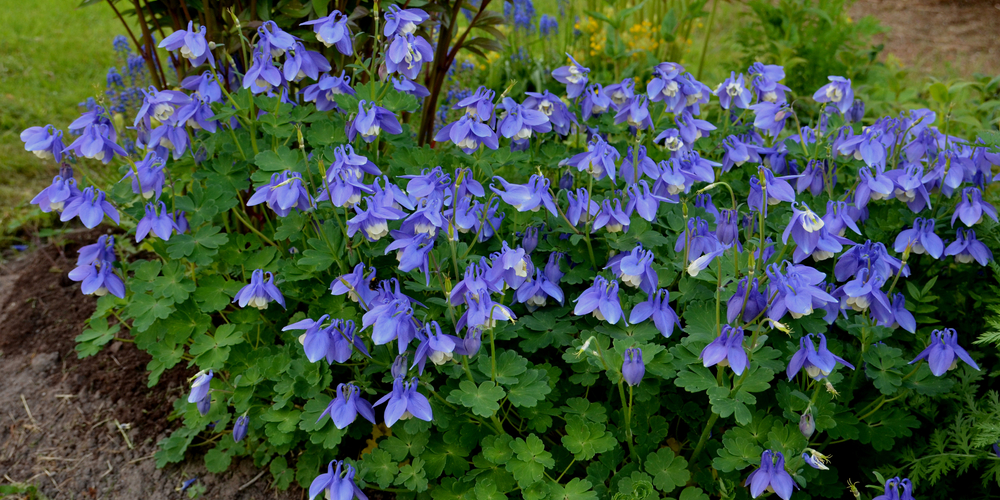
- Columbines have distinctive spurred flowers resembling doves, hence the name from Latin for dove.
- As Colorado’s state flower, they attract bees and hummingbirds with nectar in backward spurs.
- These short-lived perennials reseed easily in part-shade, offering colorful, bell-shaped blooms.
21. Purple Coneflower (Echinacea purpurea)
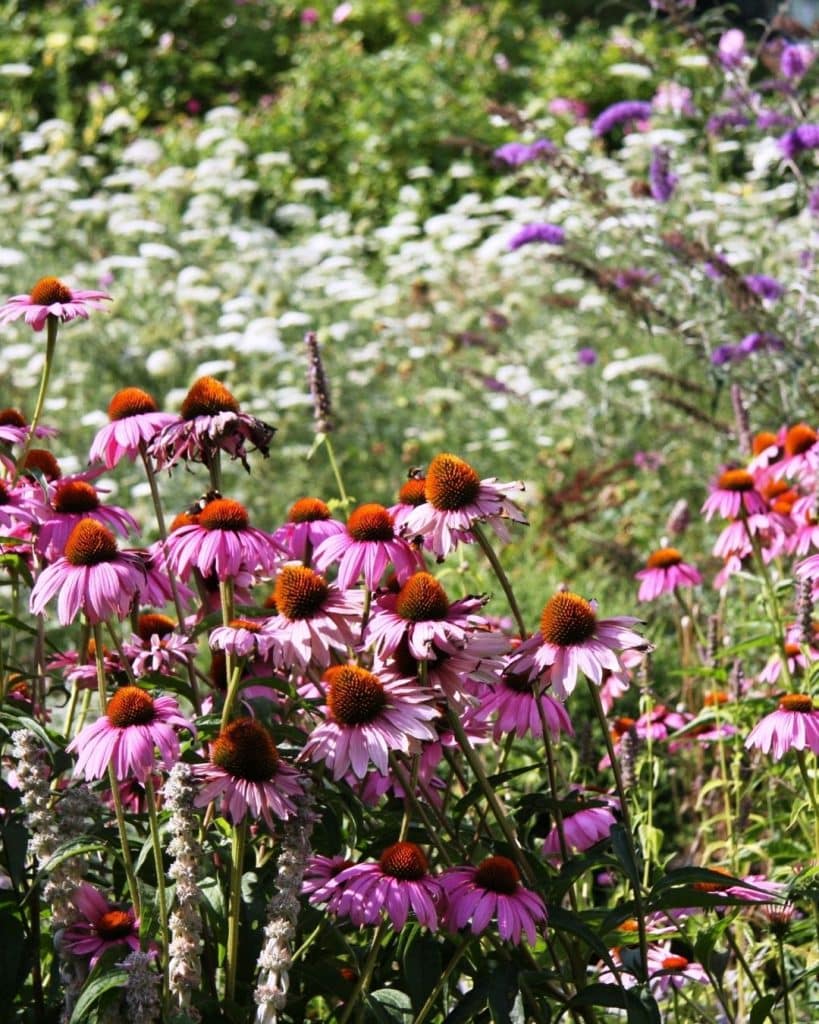
Medicinal and daisy-like, purple coneflowers feature drooping petals around spiny centers.
They self-seed and clump, spreading to attract birds and butterflies with summer-long blooms.
Full sun and lean soil enhance durability. Deadhead optionally.
Did You Know?
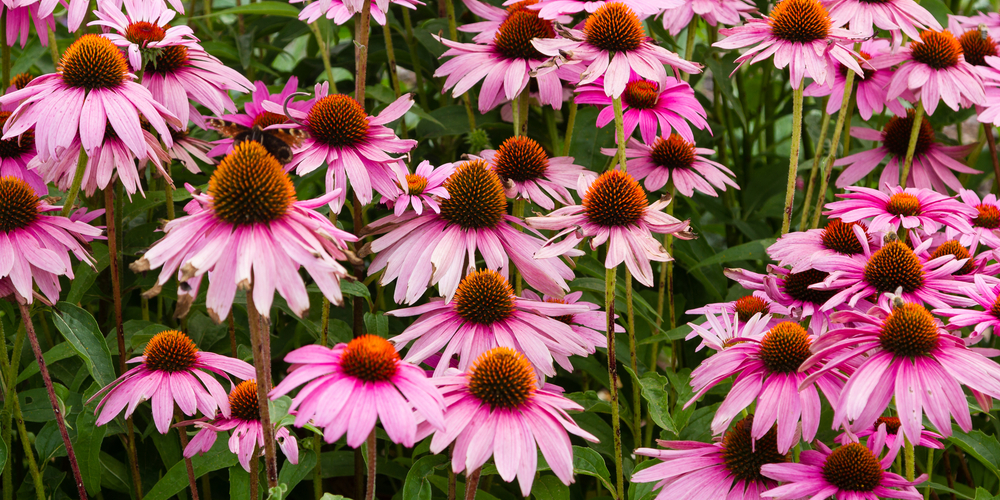
- The purple coneflower provides a tall background with purple daisy-like flowers on sturdy stalks.
- Used historically for pain relief and anti-inflammatory purposes, treating ailments like toothaches and colds.
- This aggressive native grows 3-5 feet tall, blooming large pinkish-purple flowers in late summer.
22. Bleeding Heart (Lamprocapnos spectabilis)
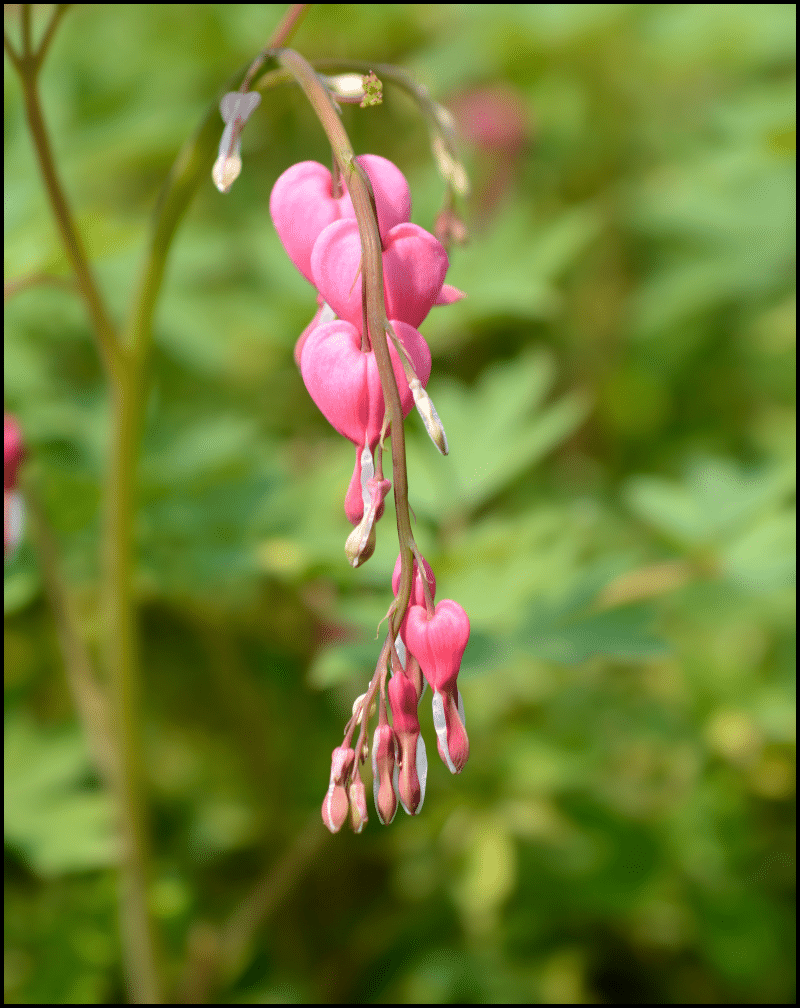
Romantic and arching, bleeding hearts dangle pink hearts from ferny stems.
They spread by rhizomes, emerging in spring to fill shade gardens before going dormant.
Partial shade and moist soil are essential. Division multiplies easily.
Did You Know?
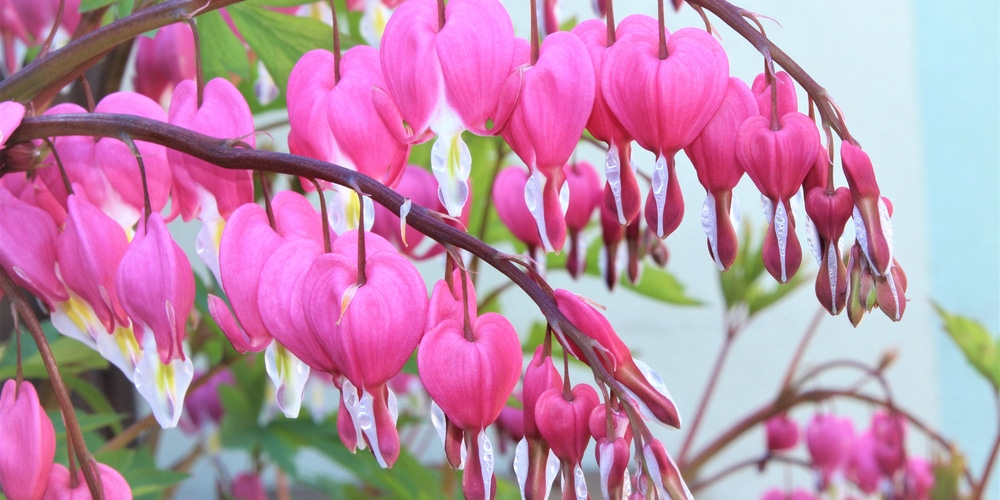
- Bleeding hearts thrive in light shade but tolerate full sun in cool, moist climates.
- Associated with a tragic love story legend, dissecting the flower reveals symbolic elements.
- Native to Asia and North America, these ornamentals grow 2-3 feet tall in loose clumps.
23. Forget-Me-Not (Myosotis sylvatica)
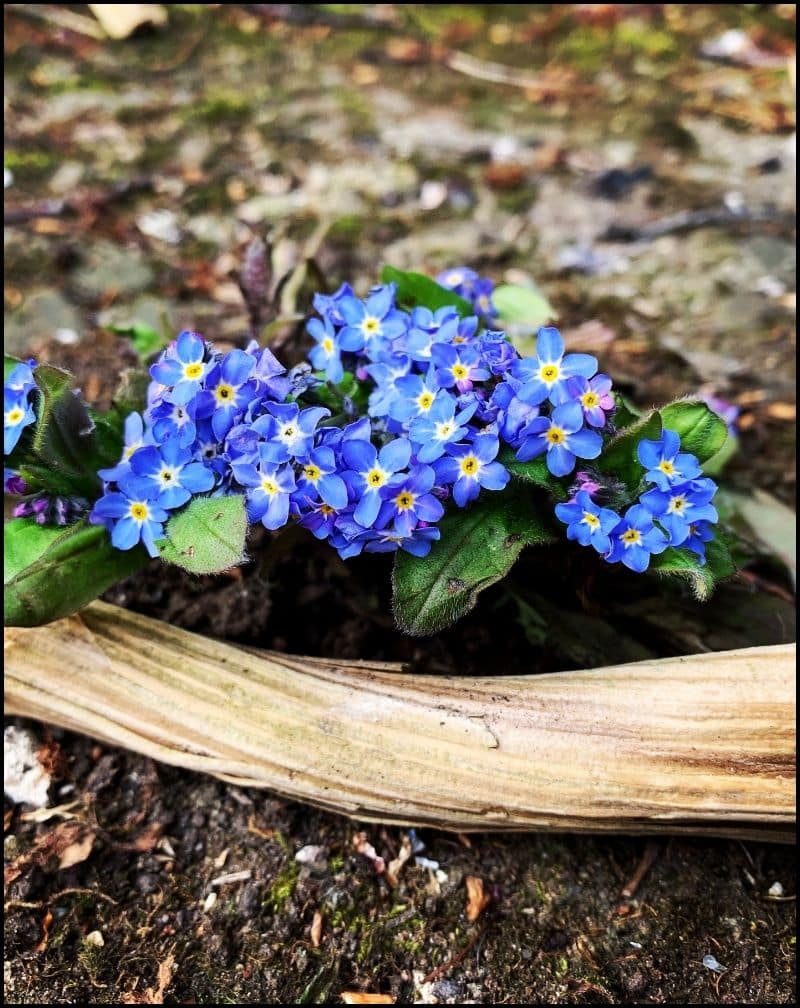
Tiny and blue, forget-me-nots create misty clouds in spring.
They self-seed vigorously, naturalizing under trees or in moist spots with ease.
Partial shade and damp soil favor them. Can be invasive, so monitor.
Did You Know?
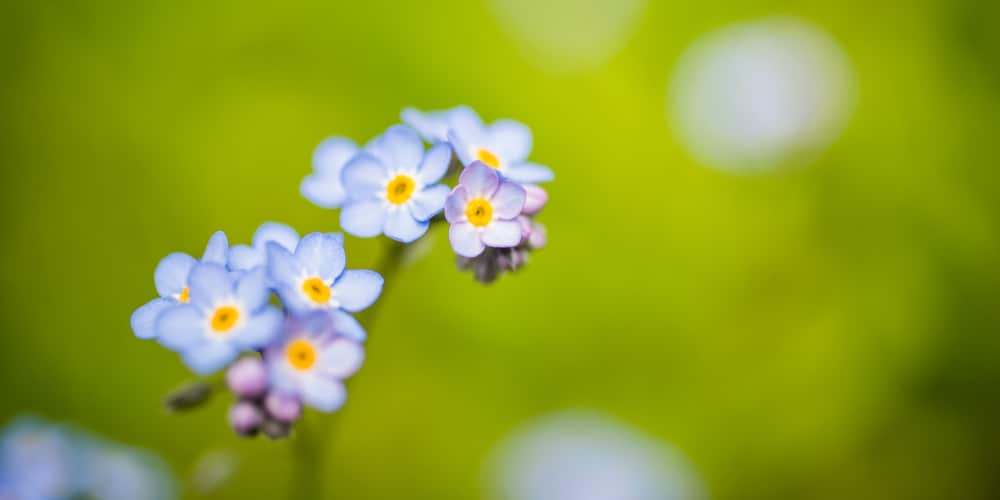
- Forget-me-nots consist of about 50 species with dainty 1 cm flowers in clusters.
- Alaska’s state flower, named from a legend symbolizing true love and devotion.
- Popular in bridal bouquets for fidelity, these plants spread globally from Europe and Asia.
24. Delphinium (Delphinium elatum)
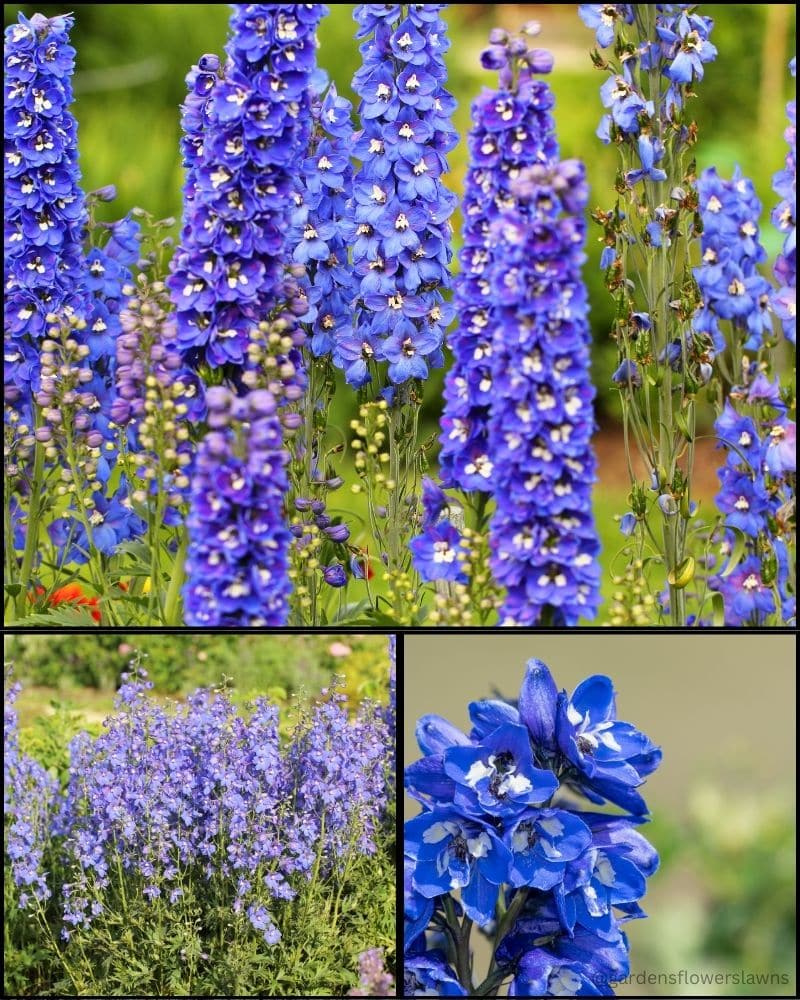
Towering and spiky, delphiniums rise with dense racemes of blue or purple.
They self-seed if allowed, returning with stately presence in cottage gardens.
Full sun and rich soil with staking support them. Short-lived but reseeding.
Did You Know?
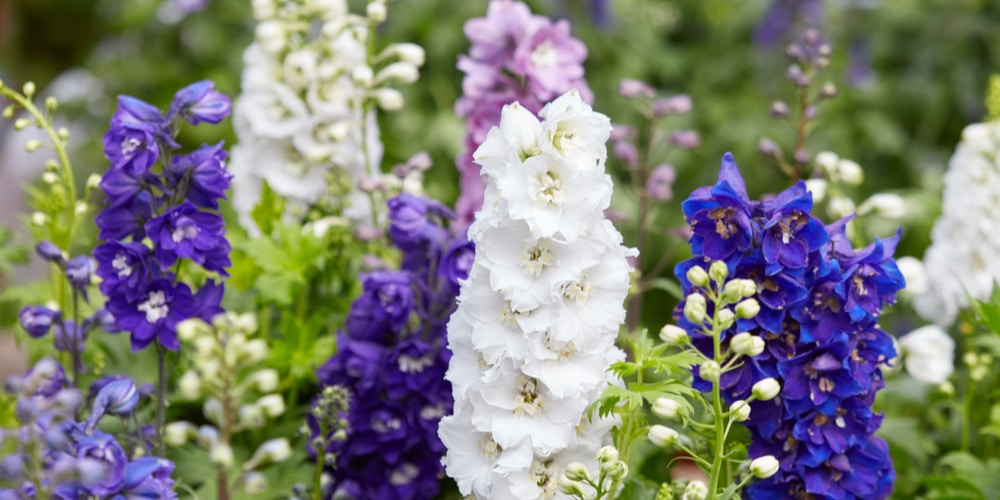
- With over 300 species, delphiniums include both annual and perennial types, toxic to humans and livestock.
- Related to buttercups, they symbolize joy and are July’s birth flower.
- Preferring cool summers, they grow showy spikes but dislike hot, dry weather or strong winds.
25. Butterfly Weed (Asclepias tuberosa)
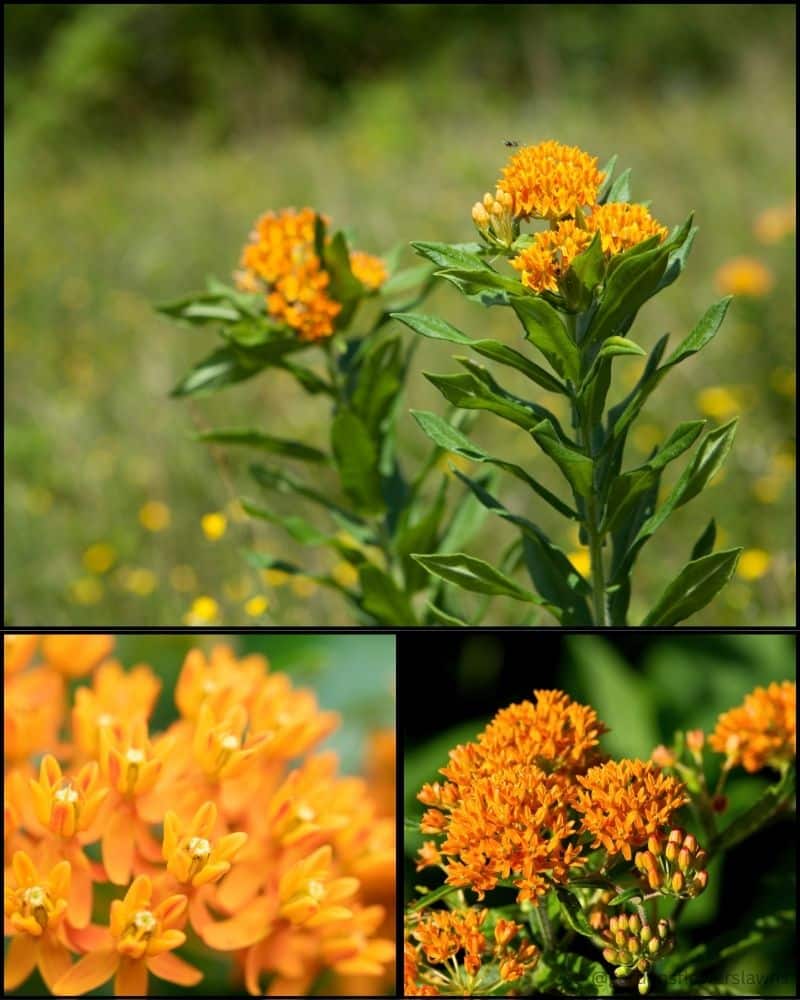
Vivid and essential, butterfly weed clusters orange flowers on upright stems. It self-seeds from pods, spreading to support monarchs and add fiery color.
Full sun and sandy soil promote deep roots. Slow to establish but persistent.
Did You Know?

- Butterfly weed’s flower color varies from red-orange to yellow based on pigment levels.
- Named after the Greek god of medicine, its tough root was used by Native Americans for pleurisy.
- This milkweed attracts butterflies with flat-topped orange clusters, unlike others without milky sap.
You made it all the way down here? Thanks so much for reading. I sincerely hope you have a great day, and happy gardening!